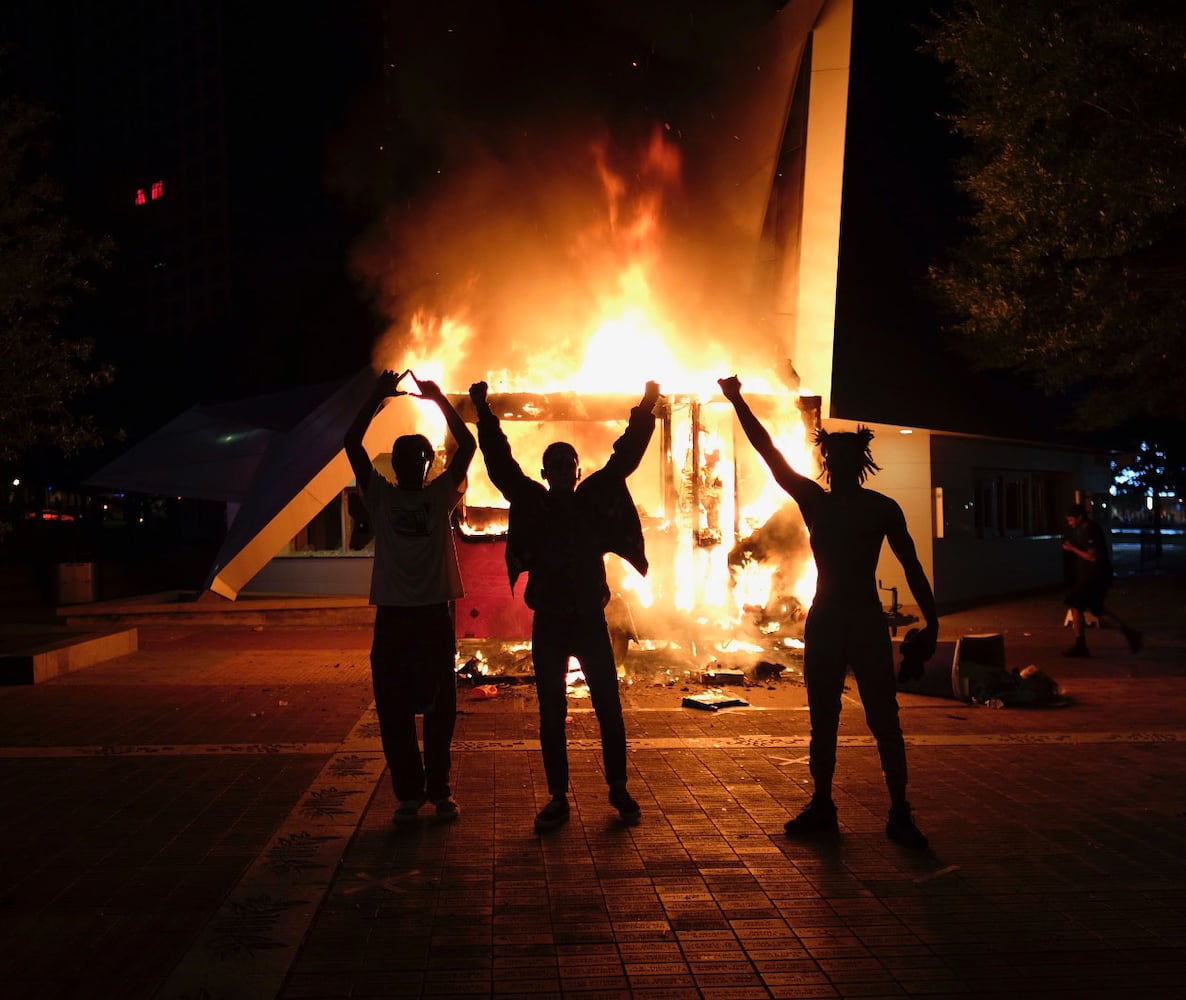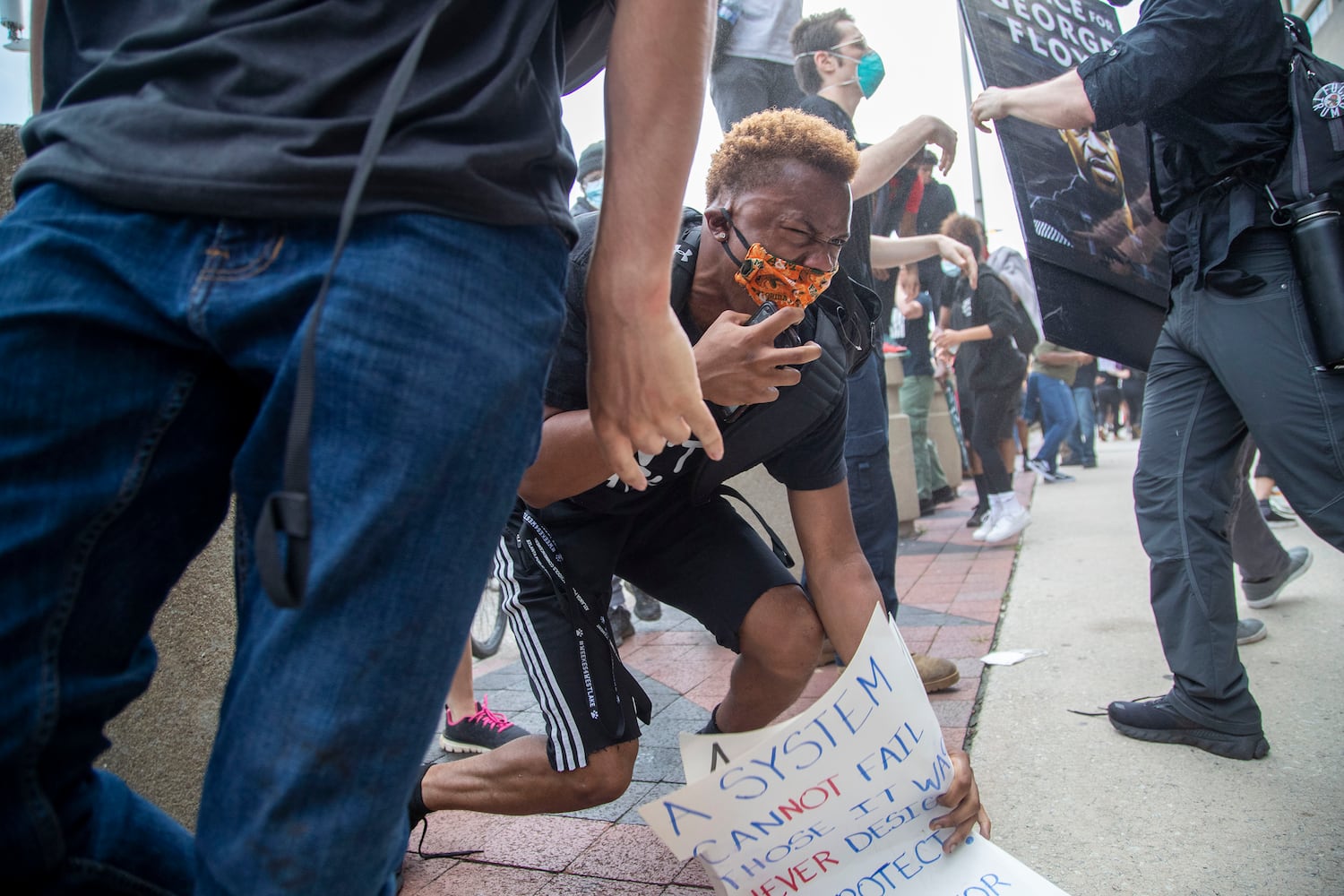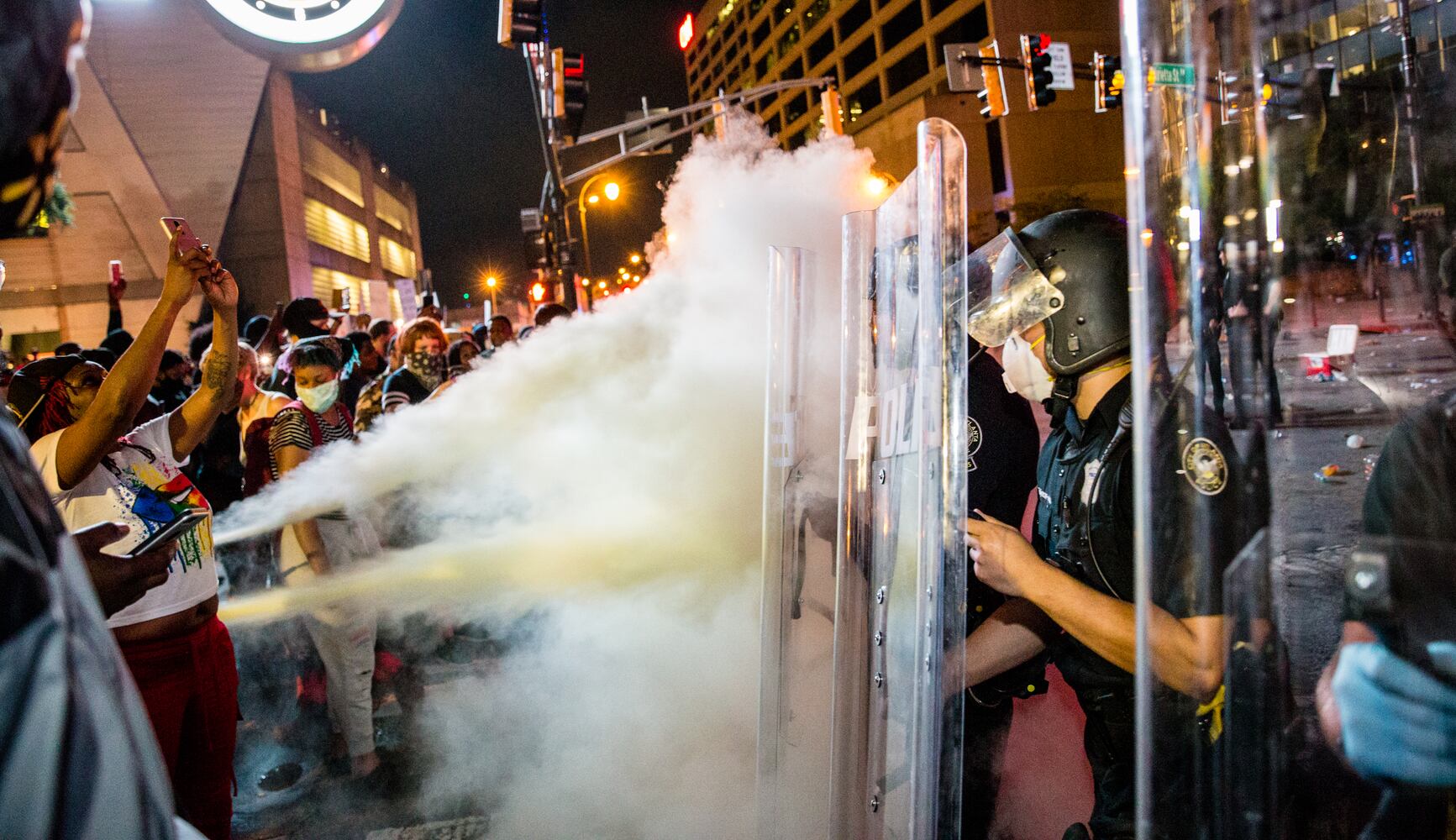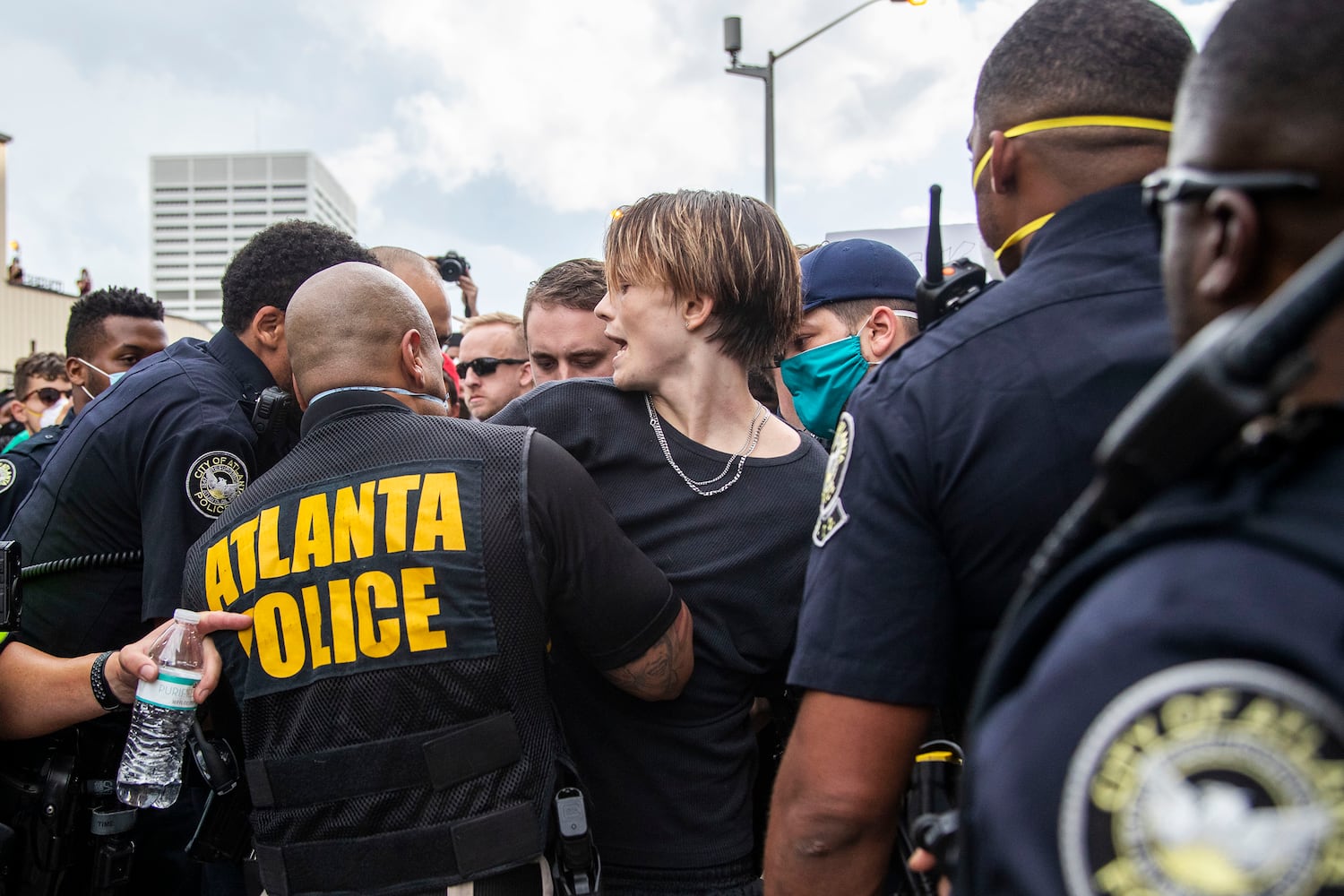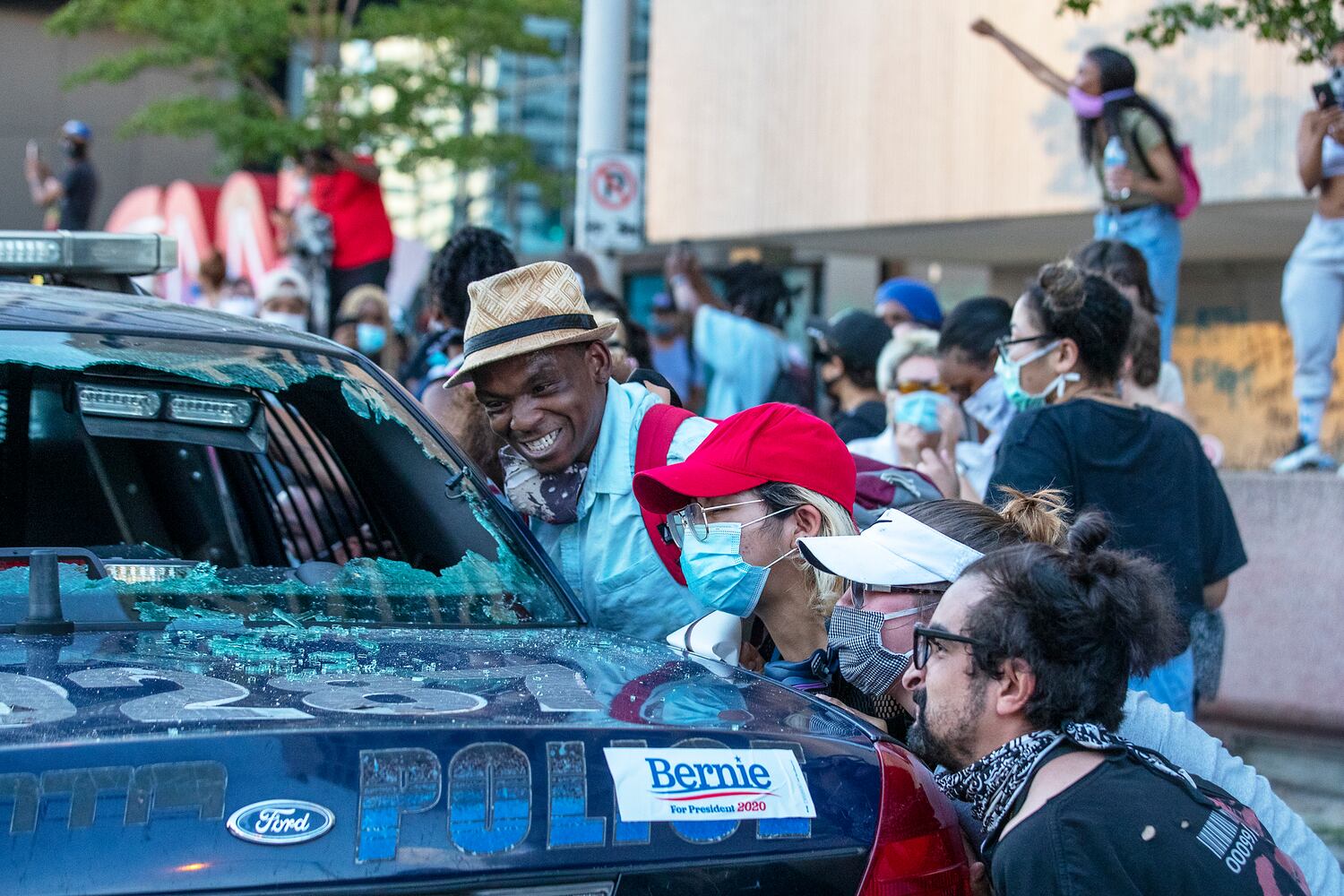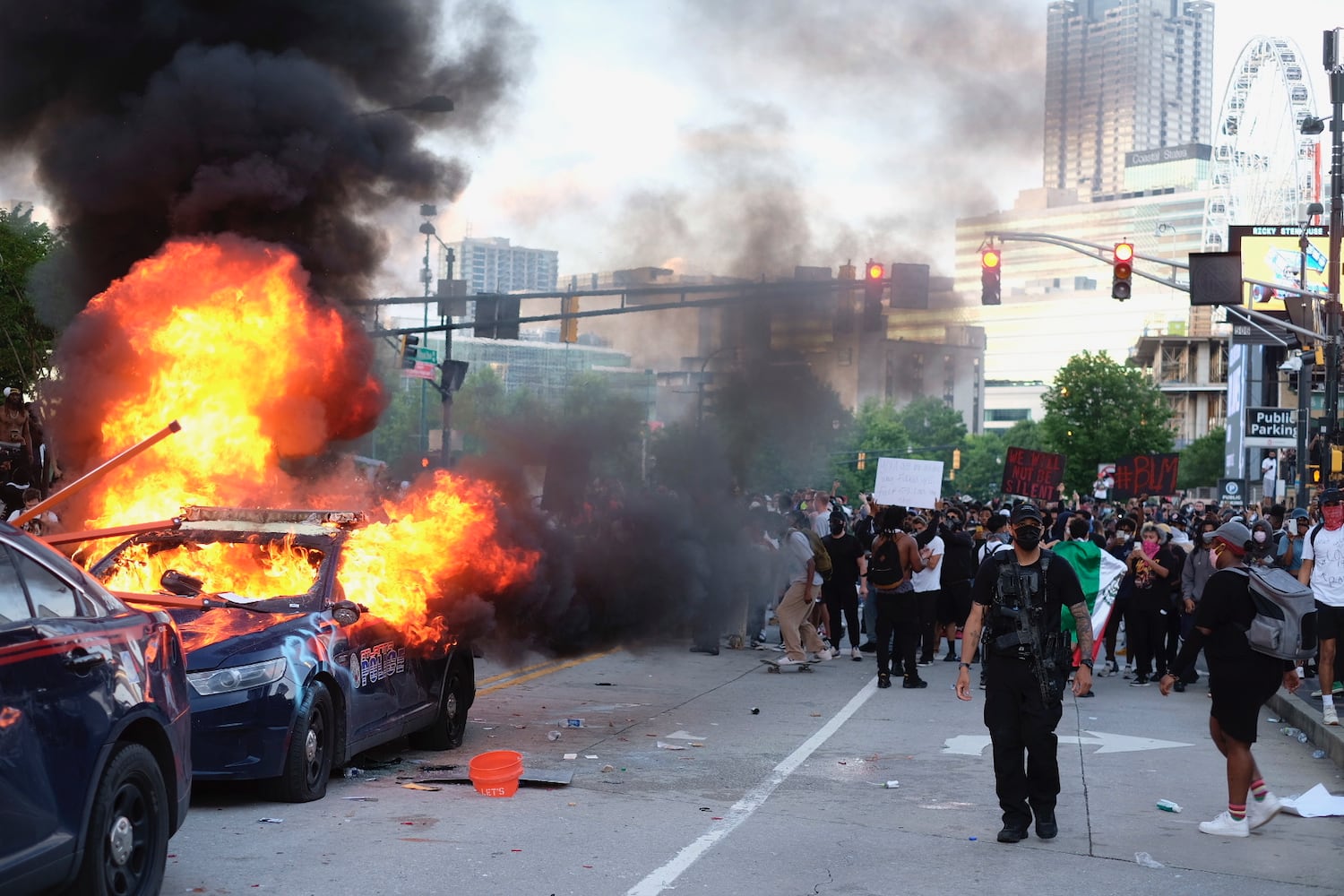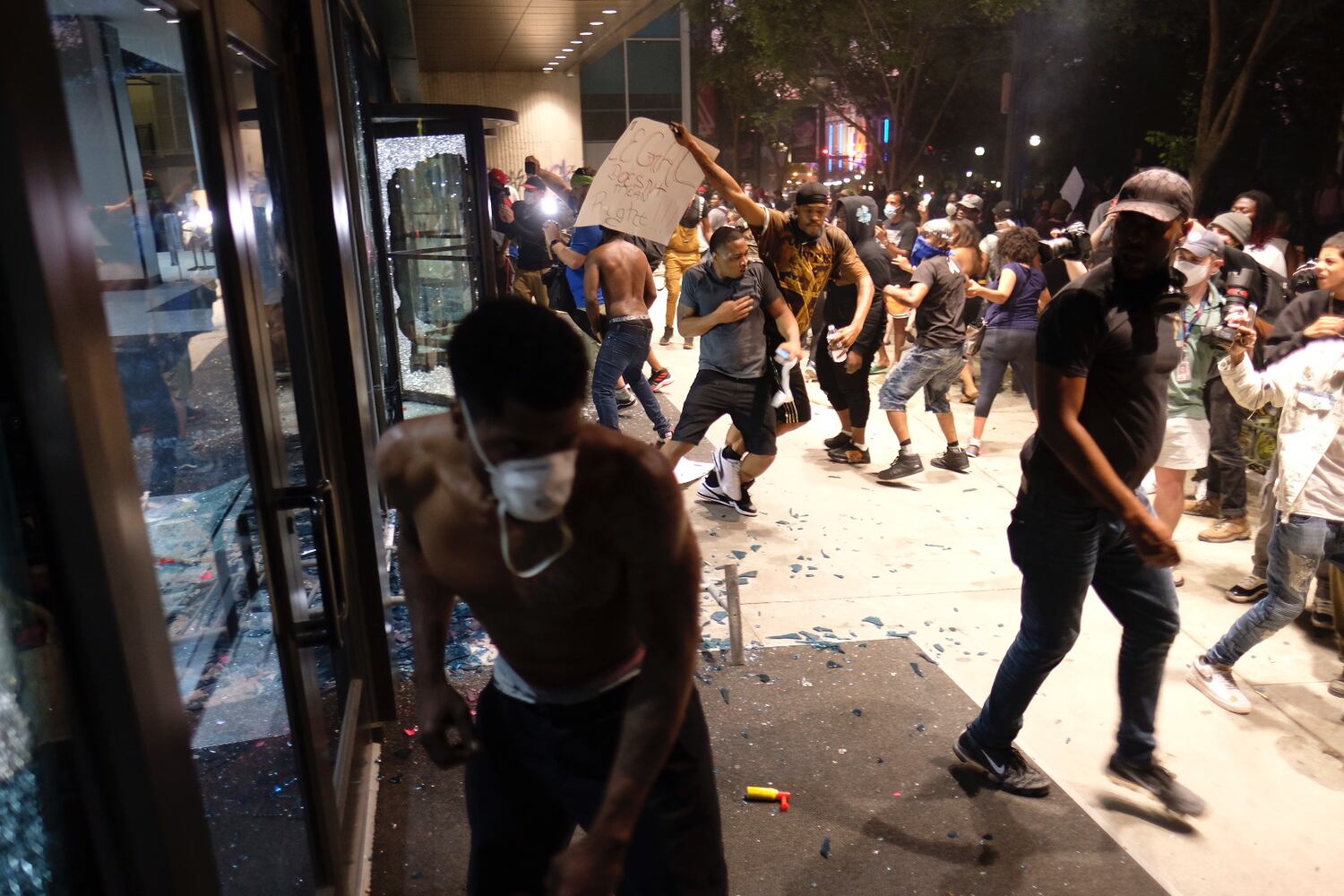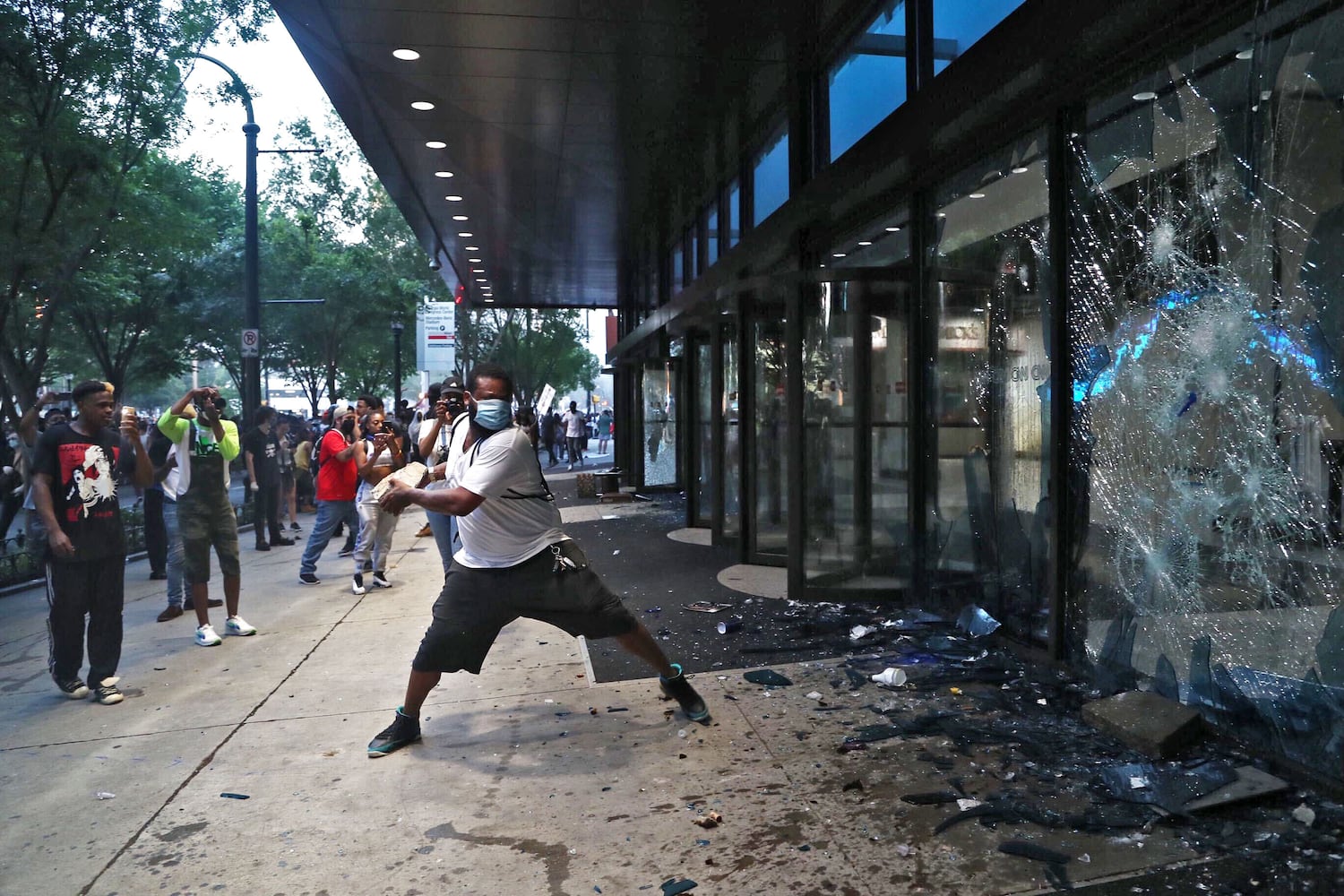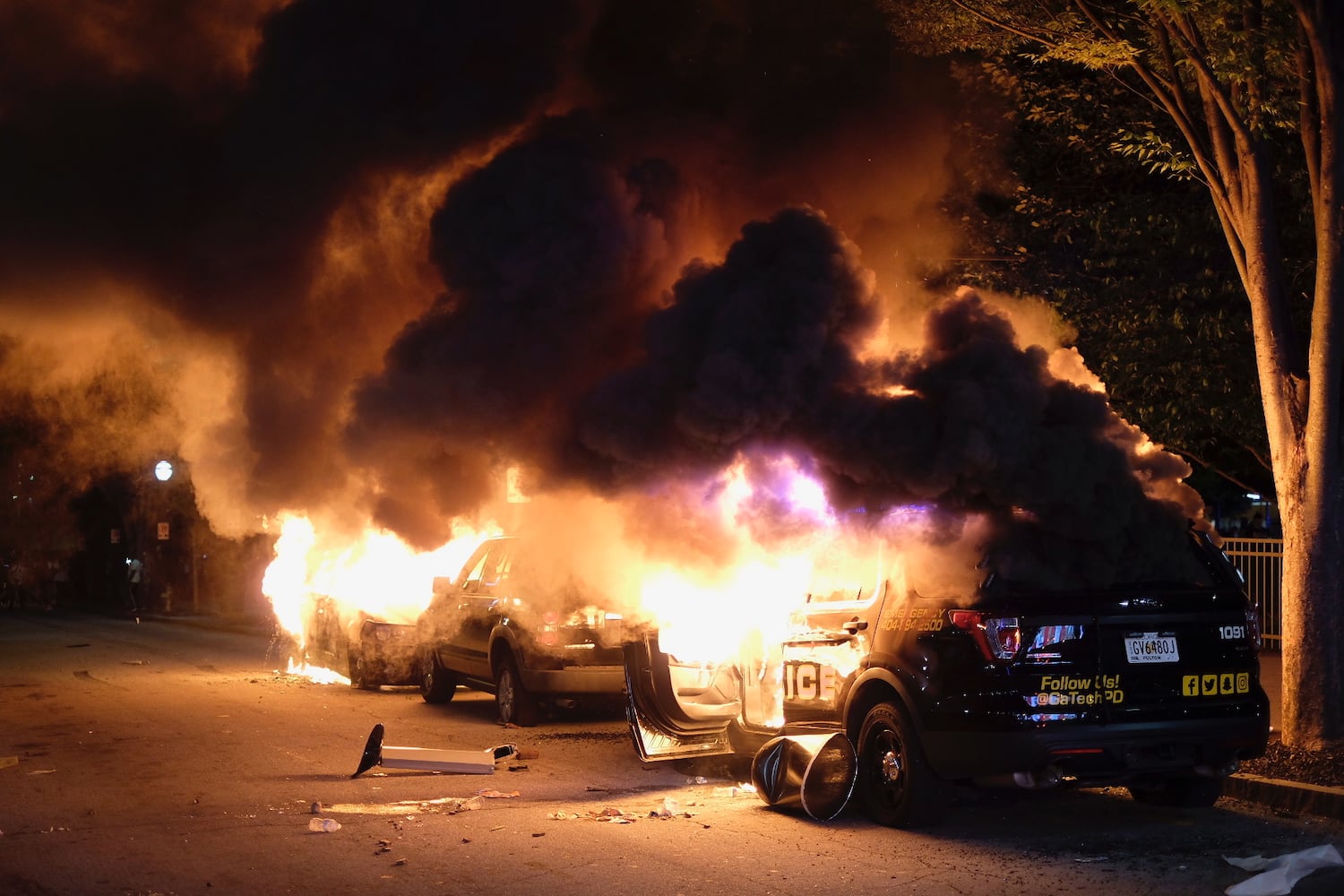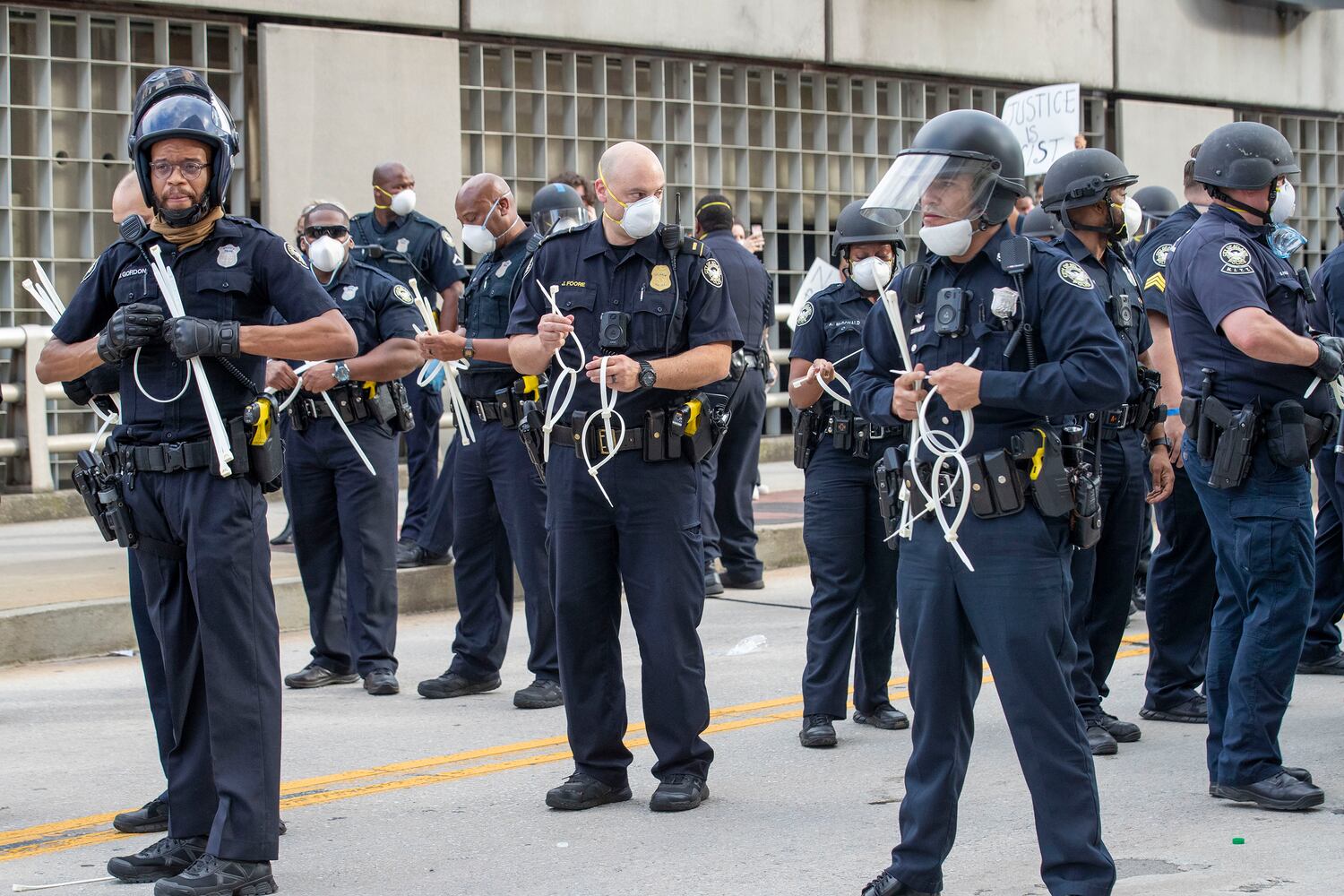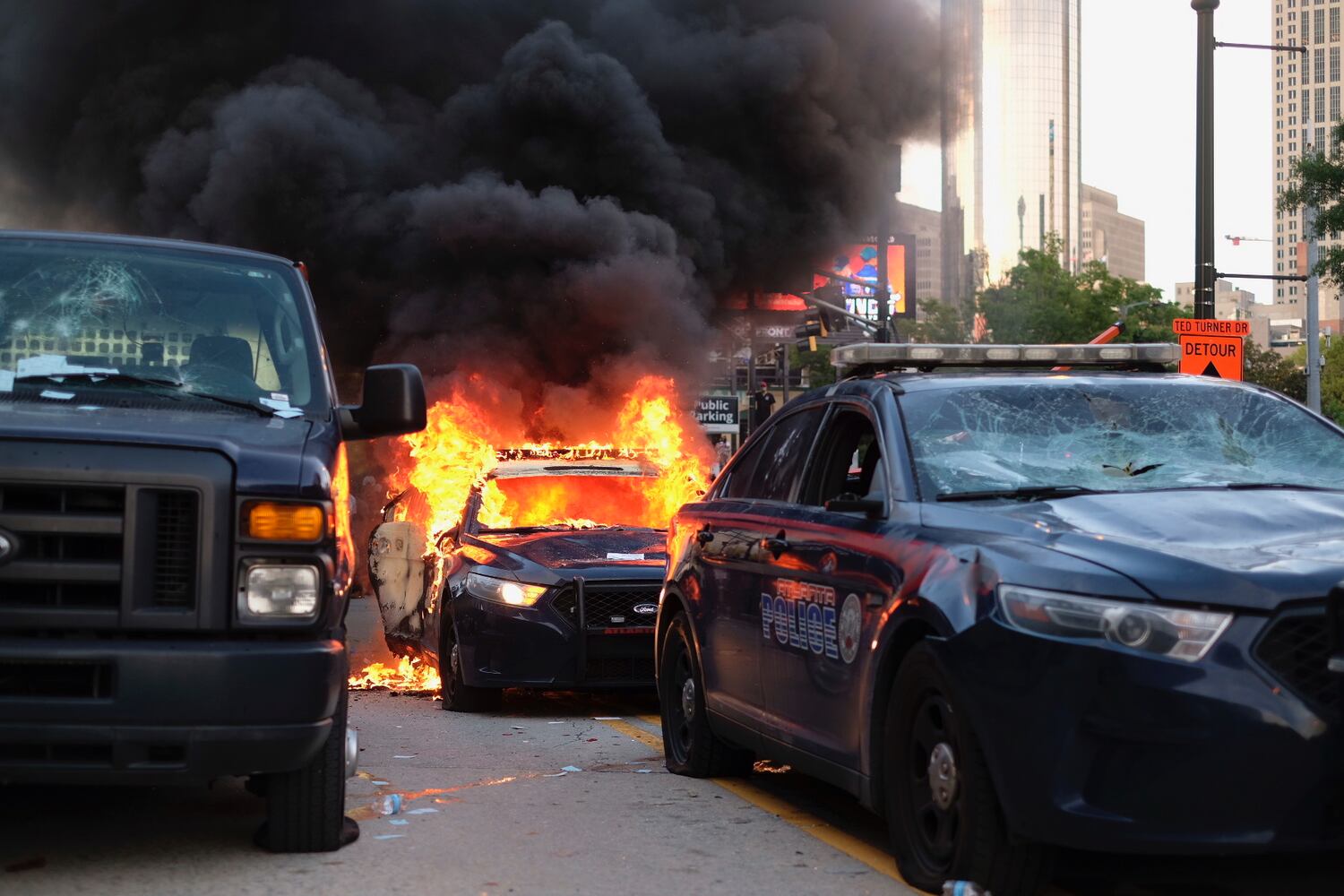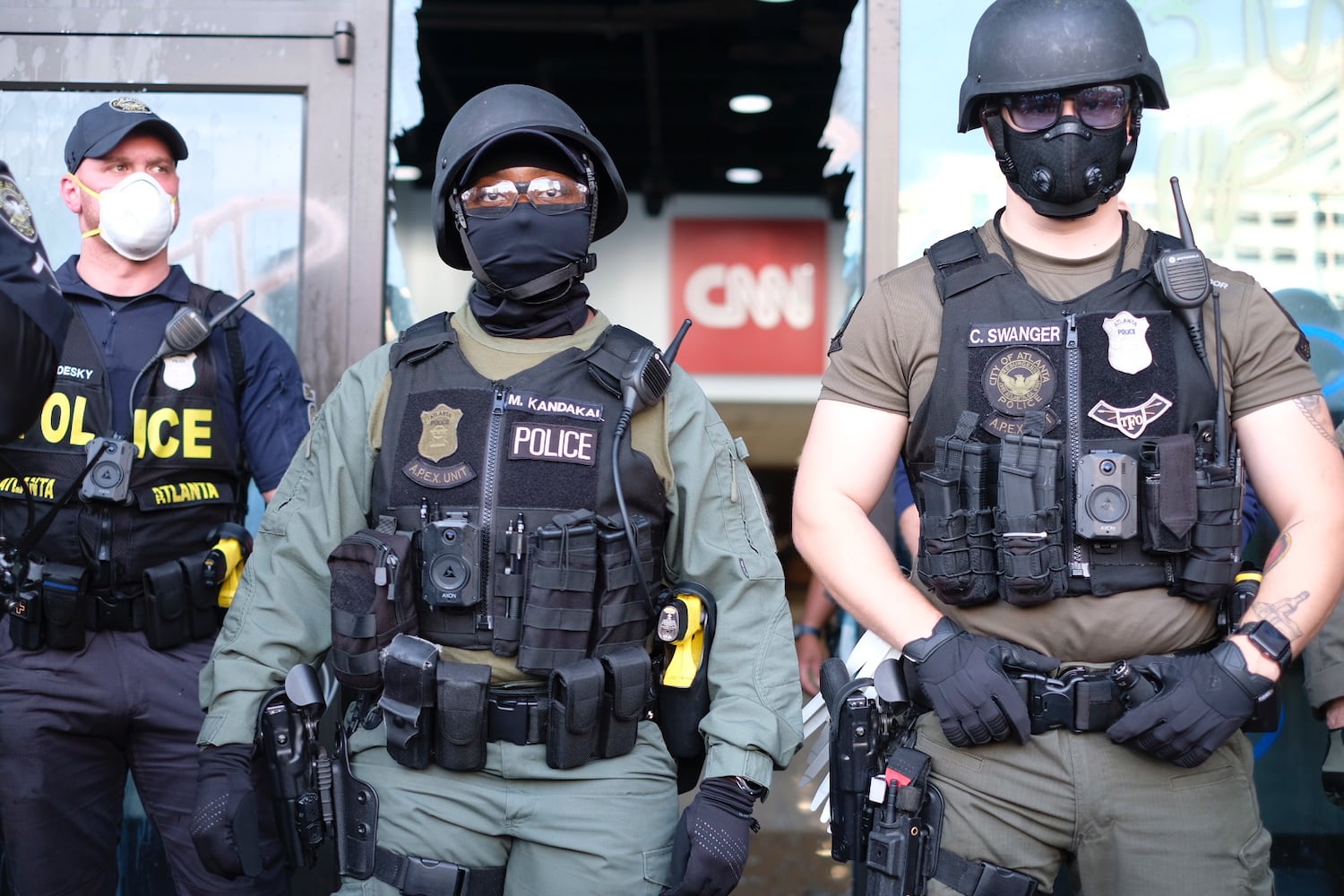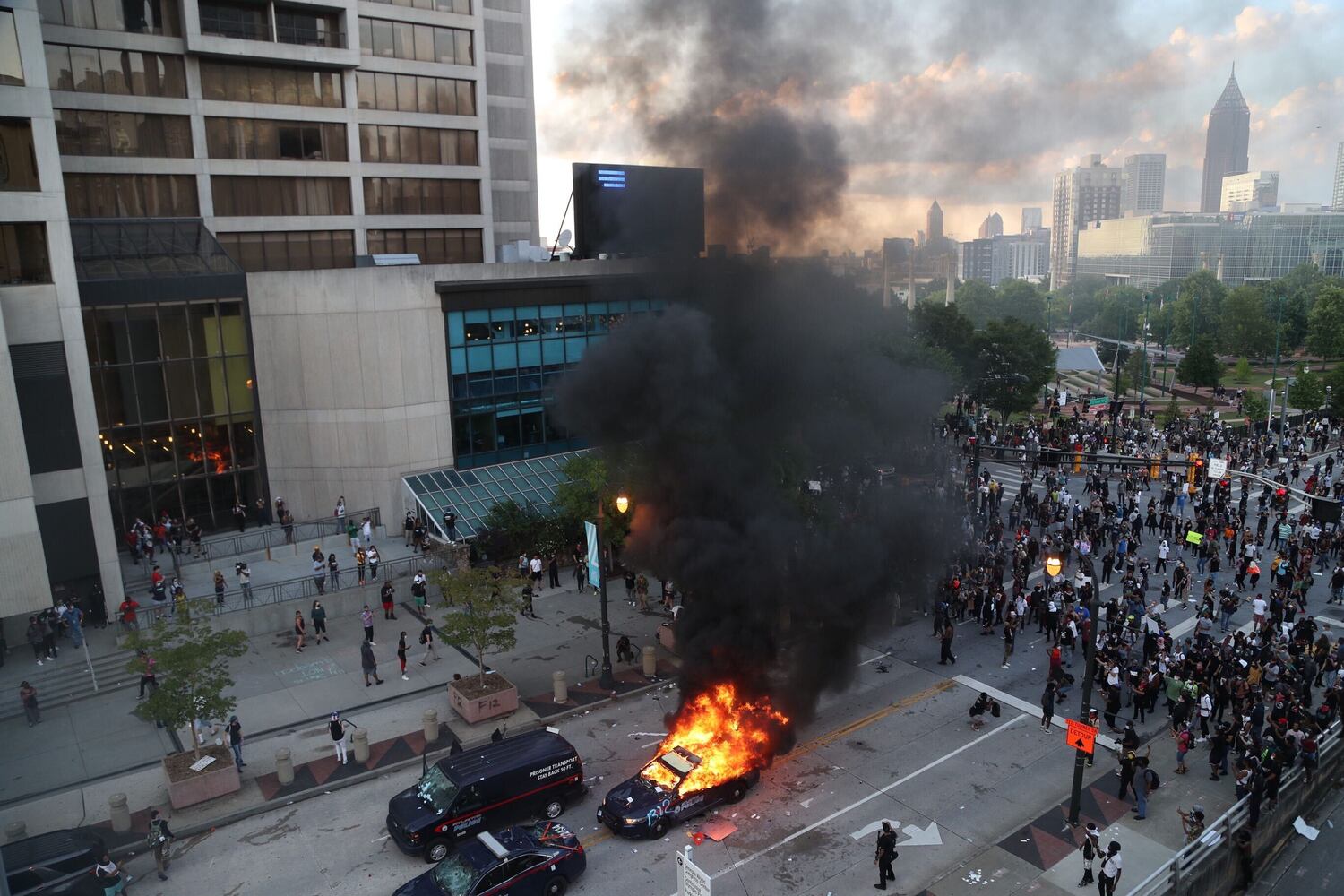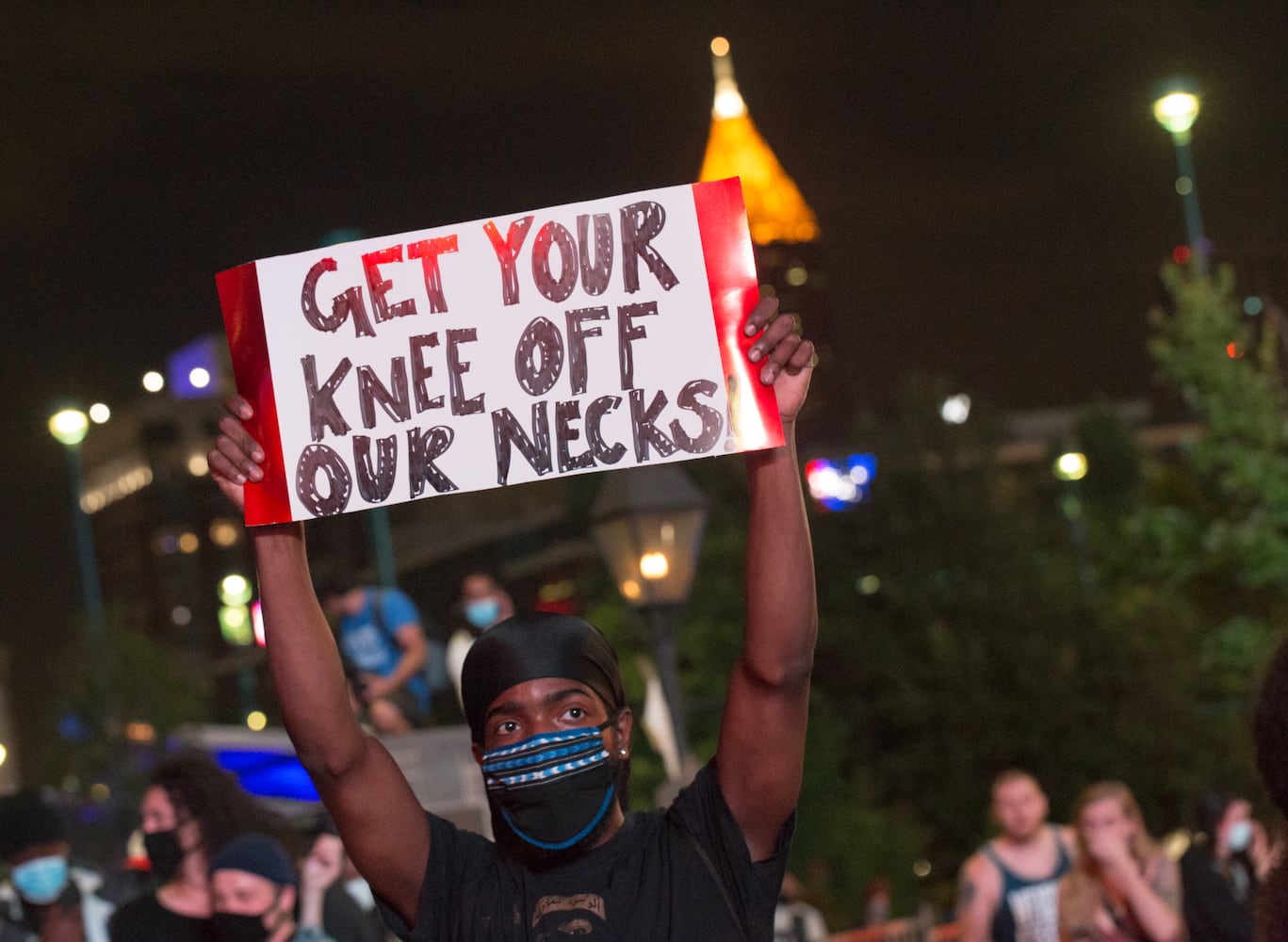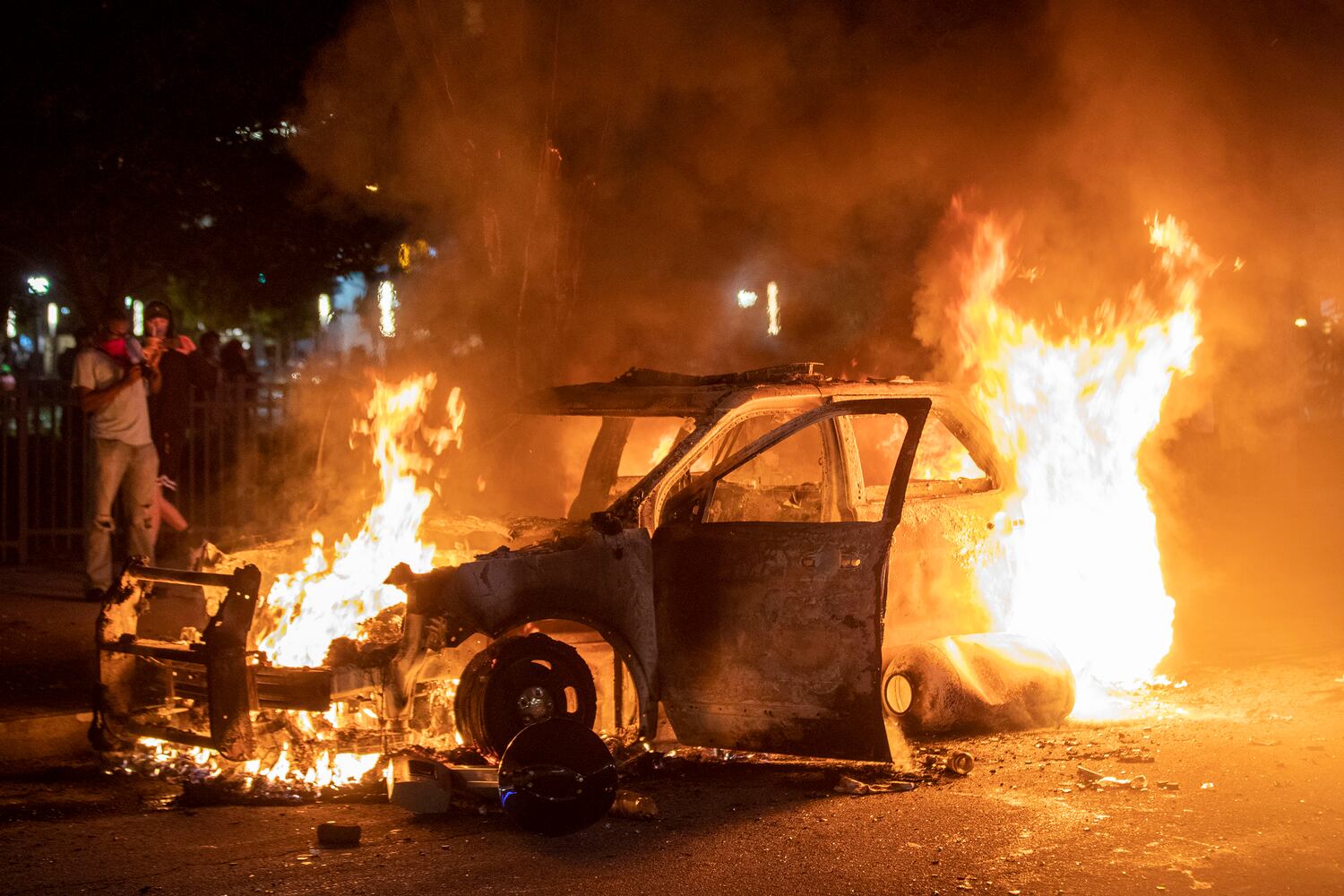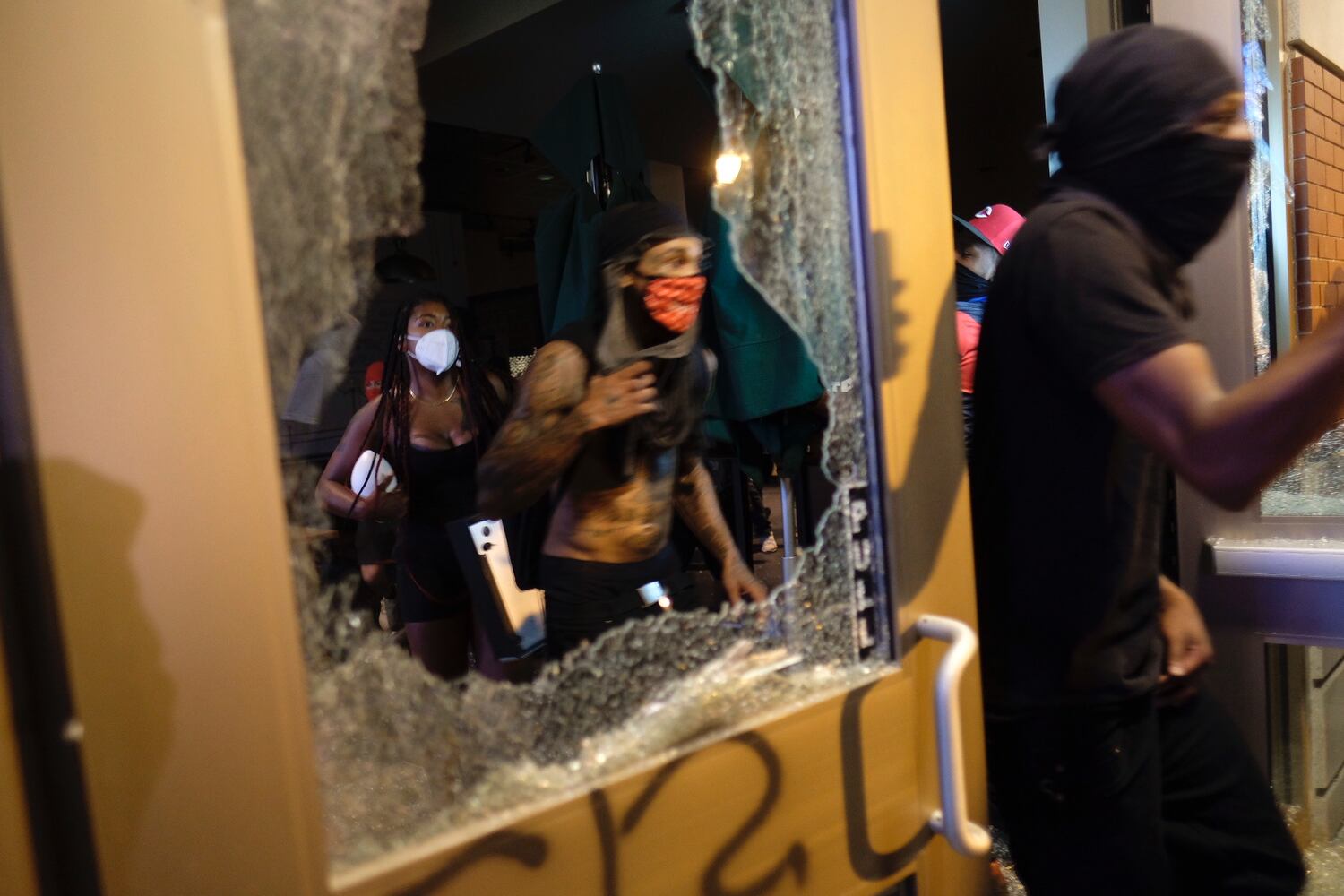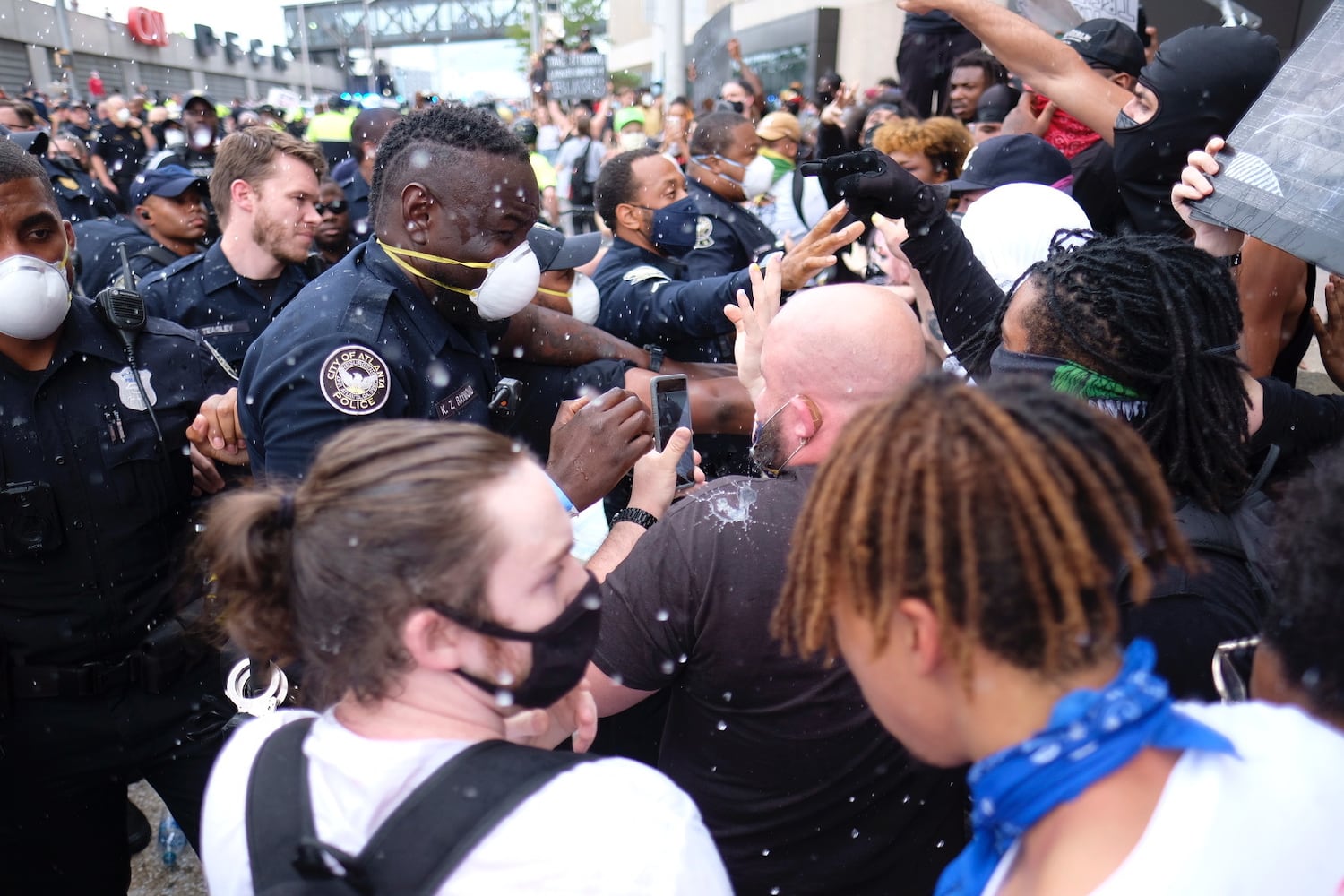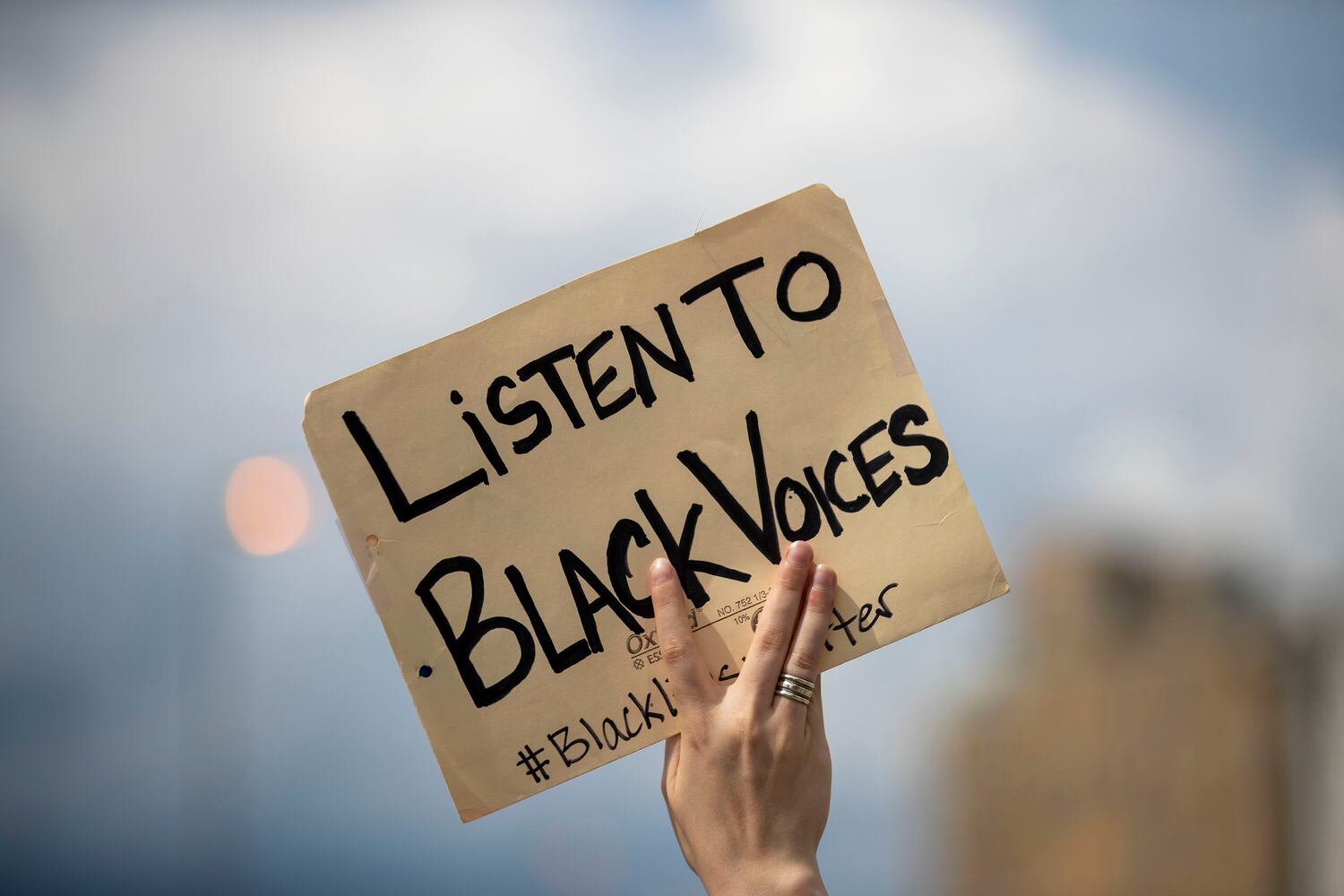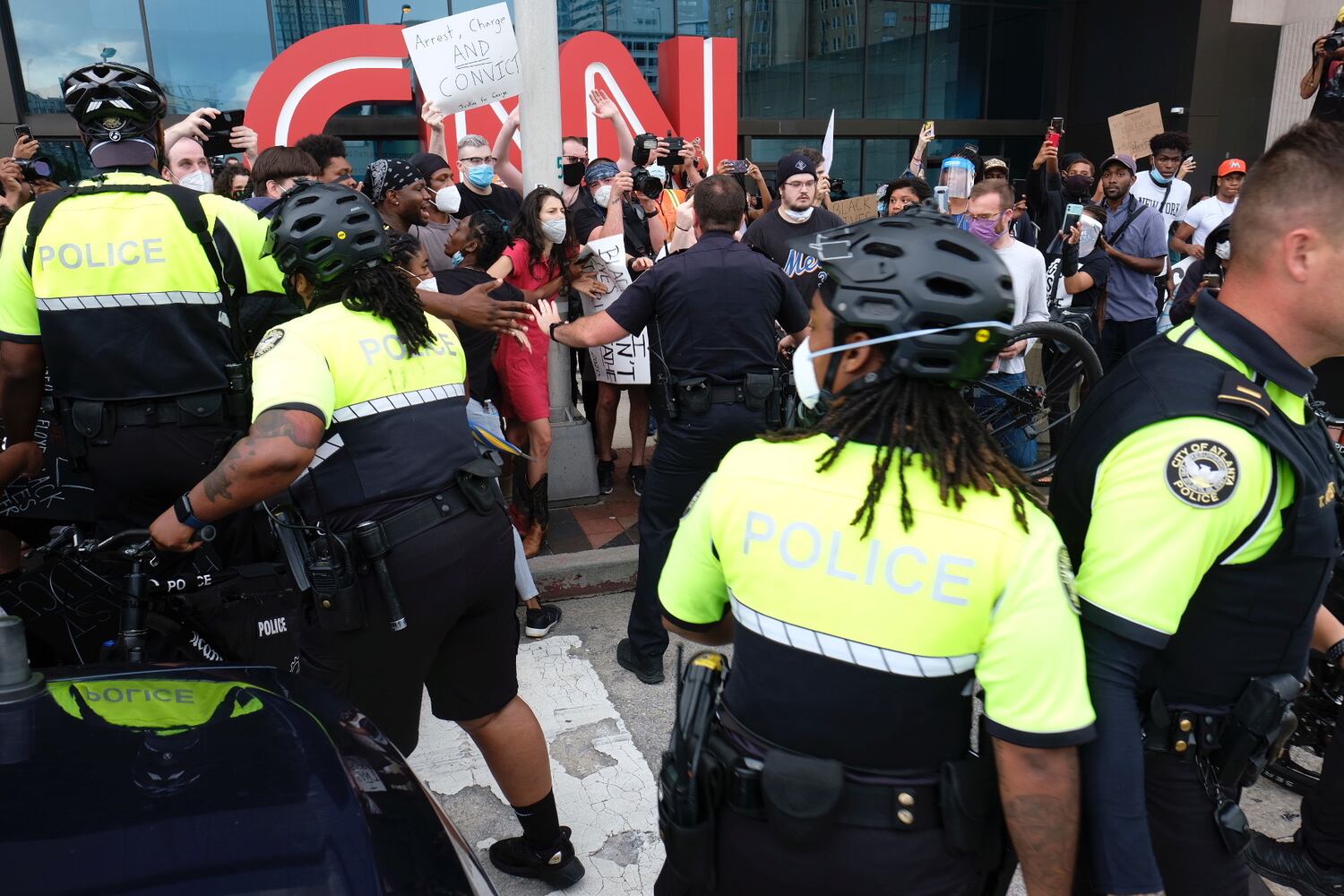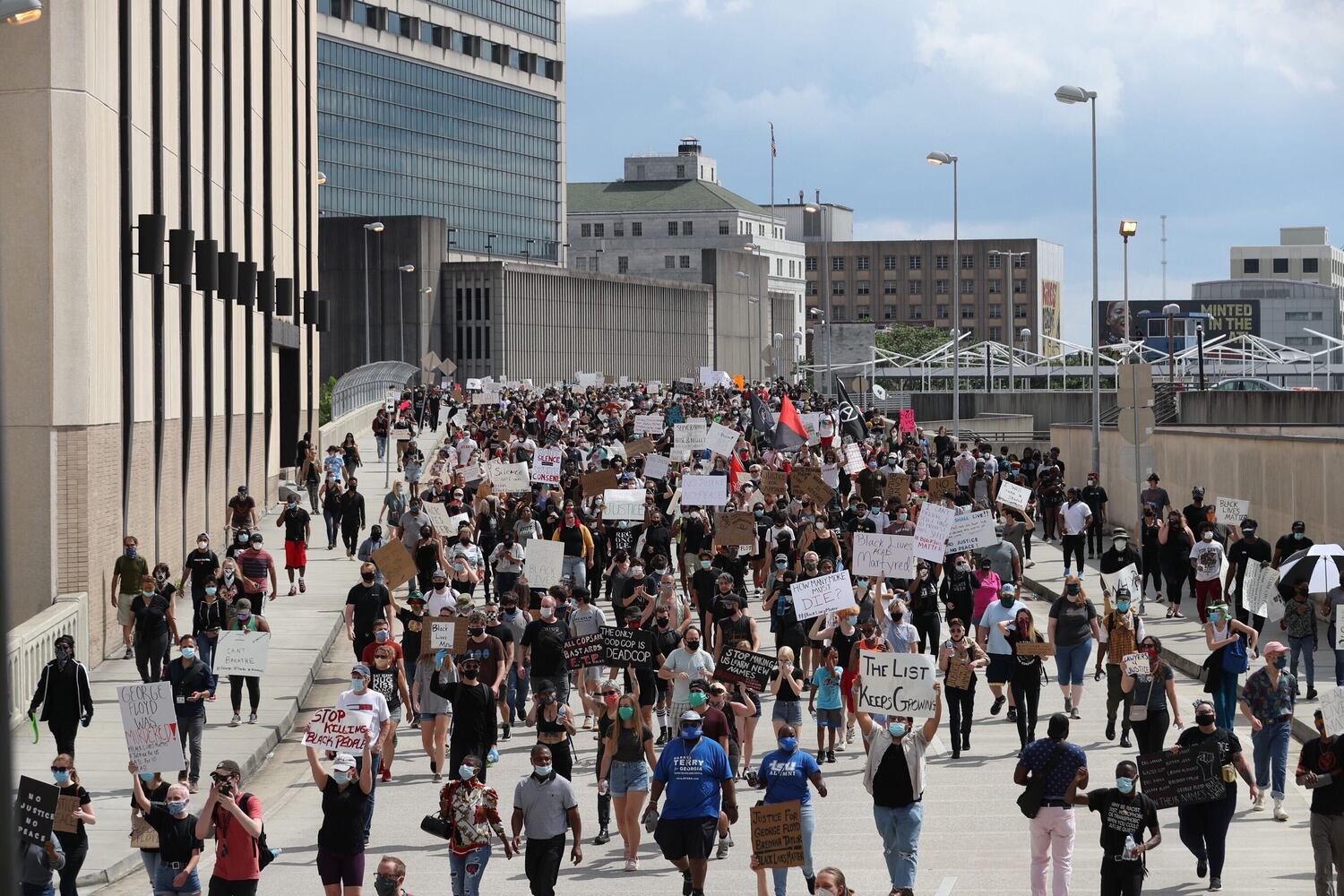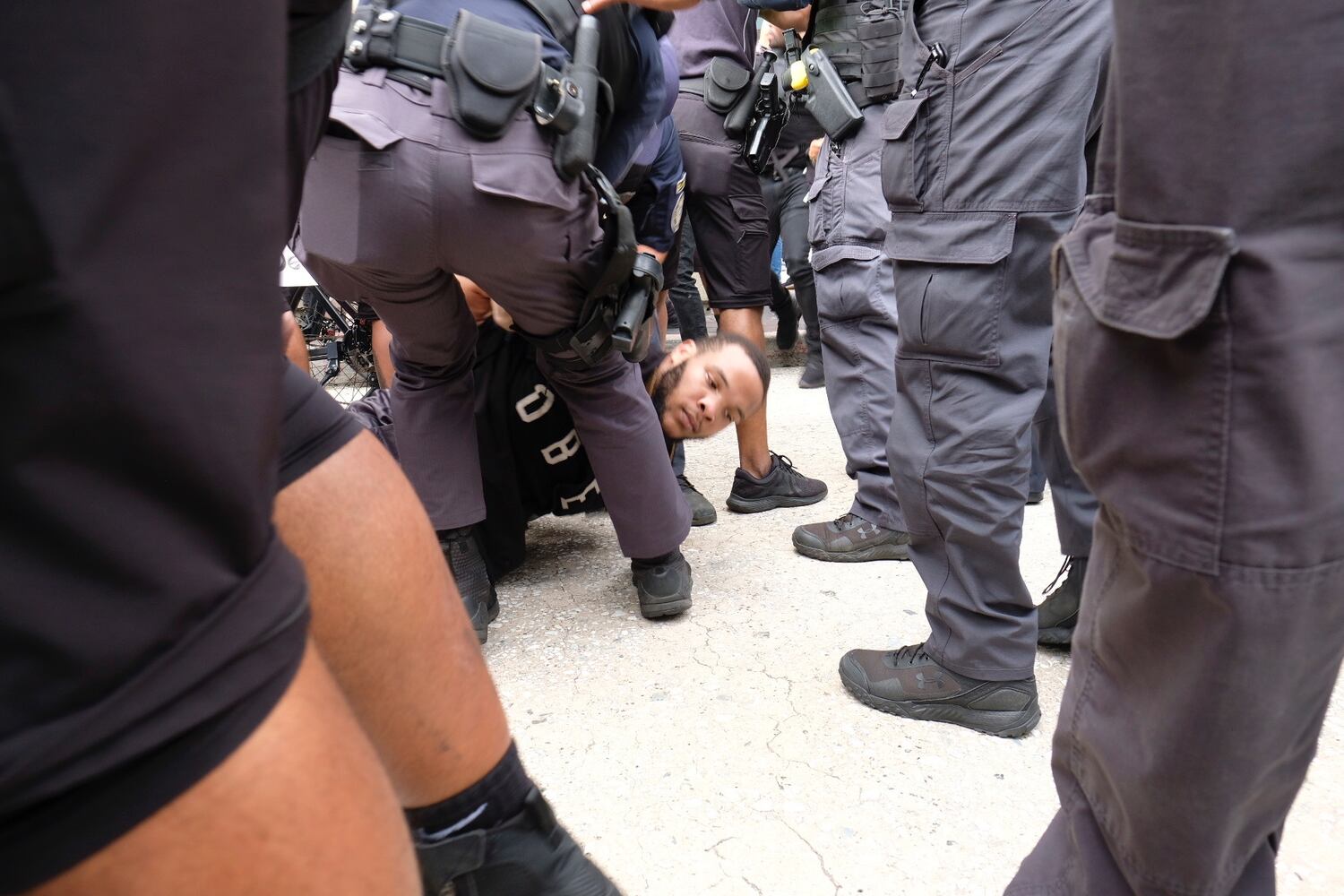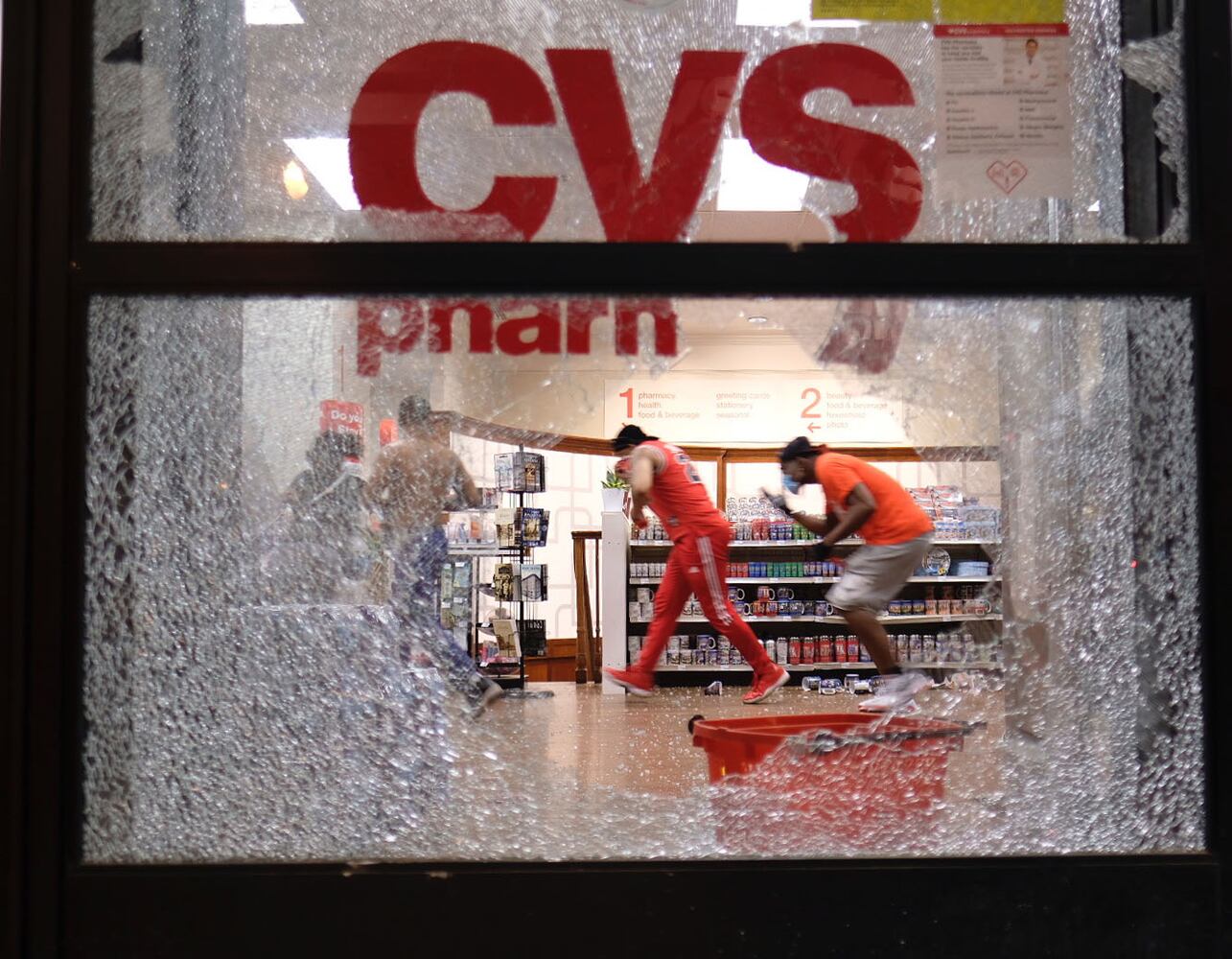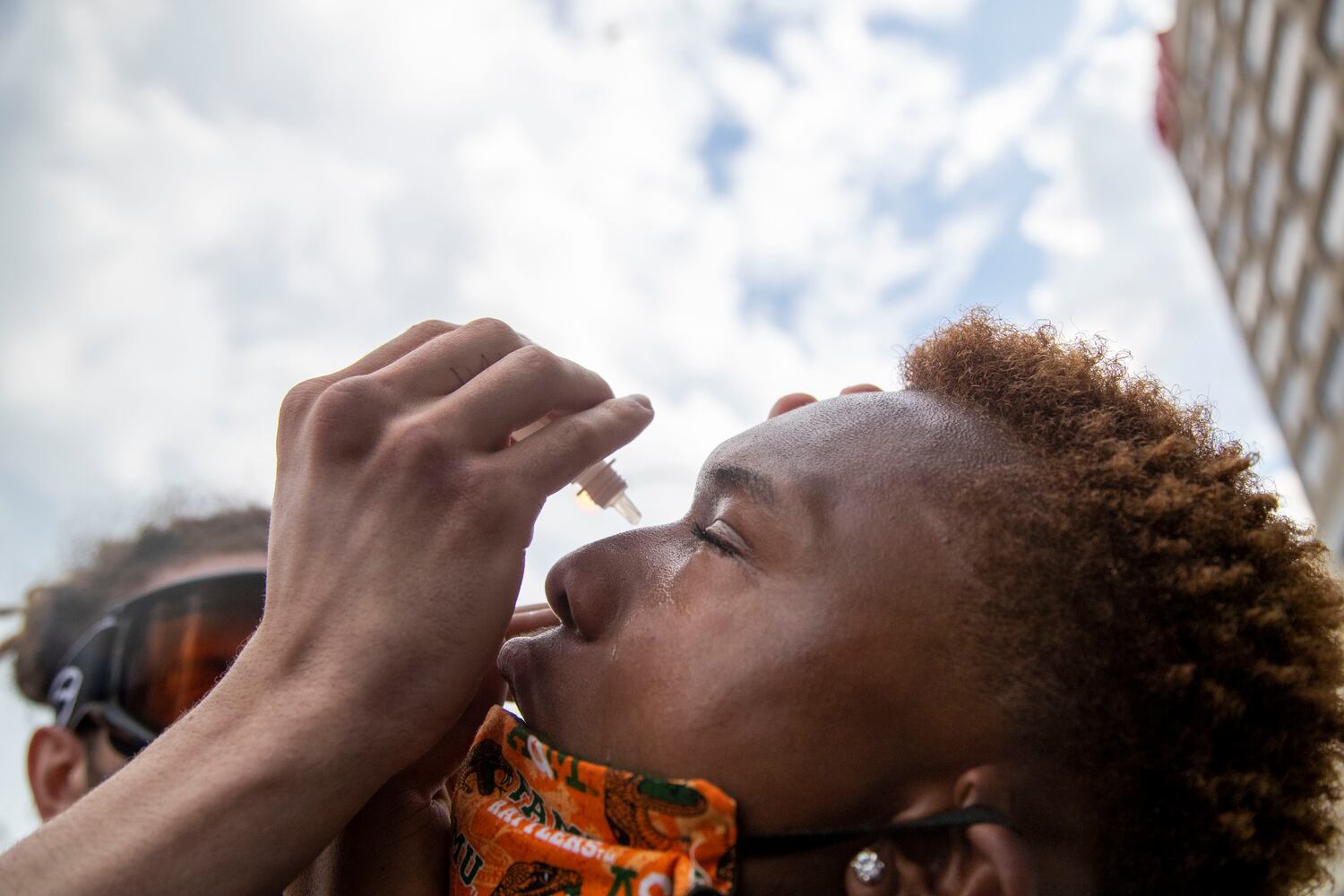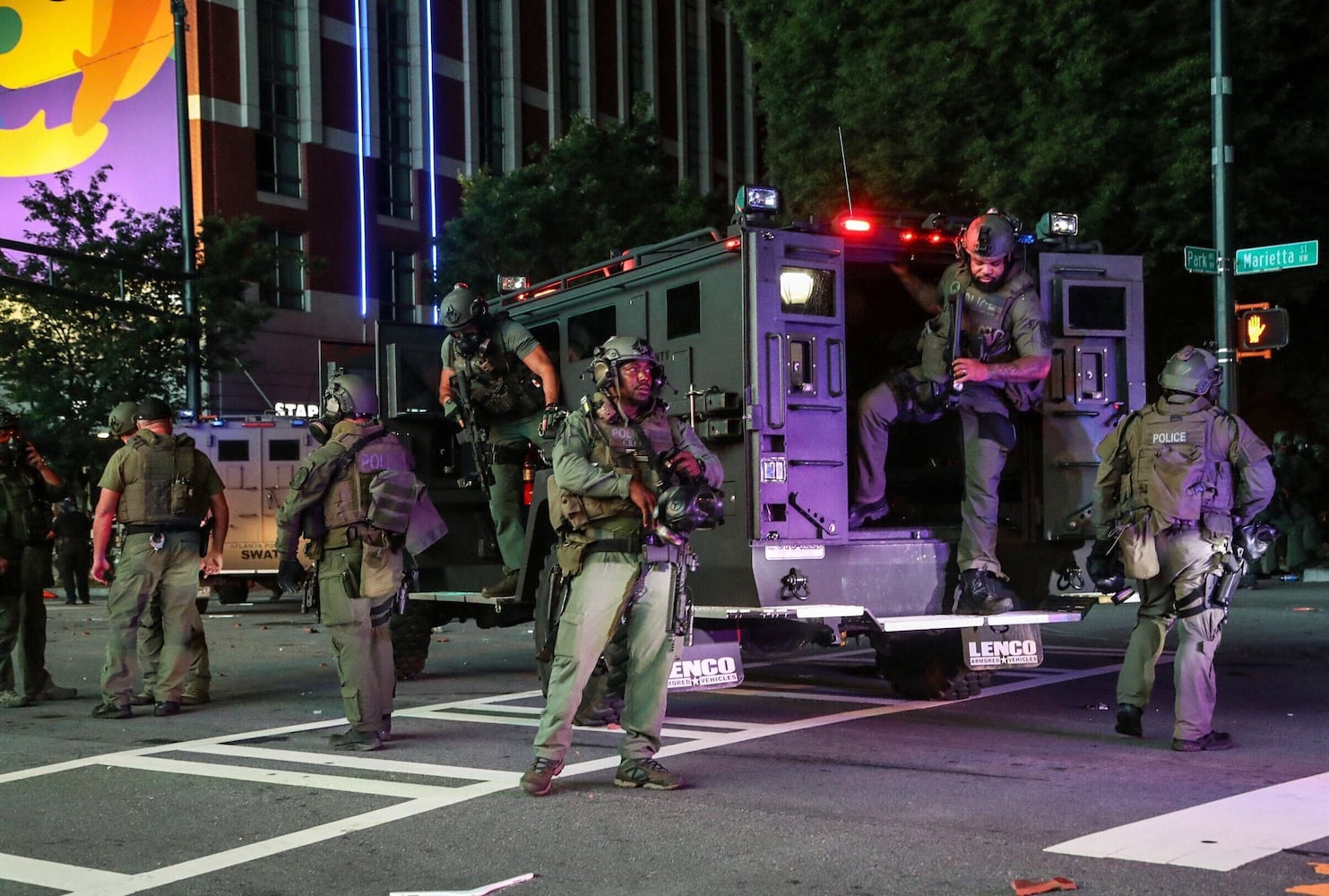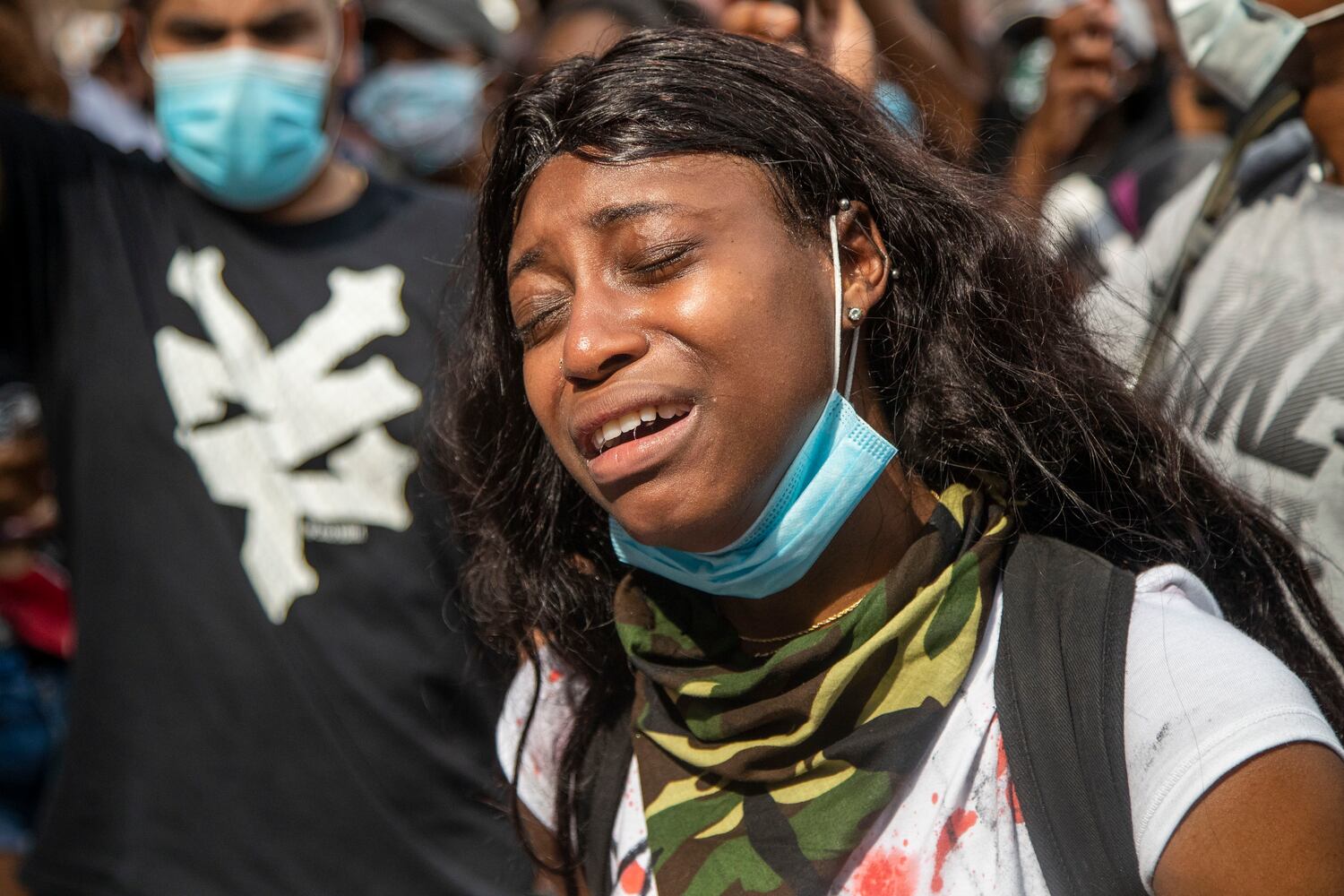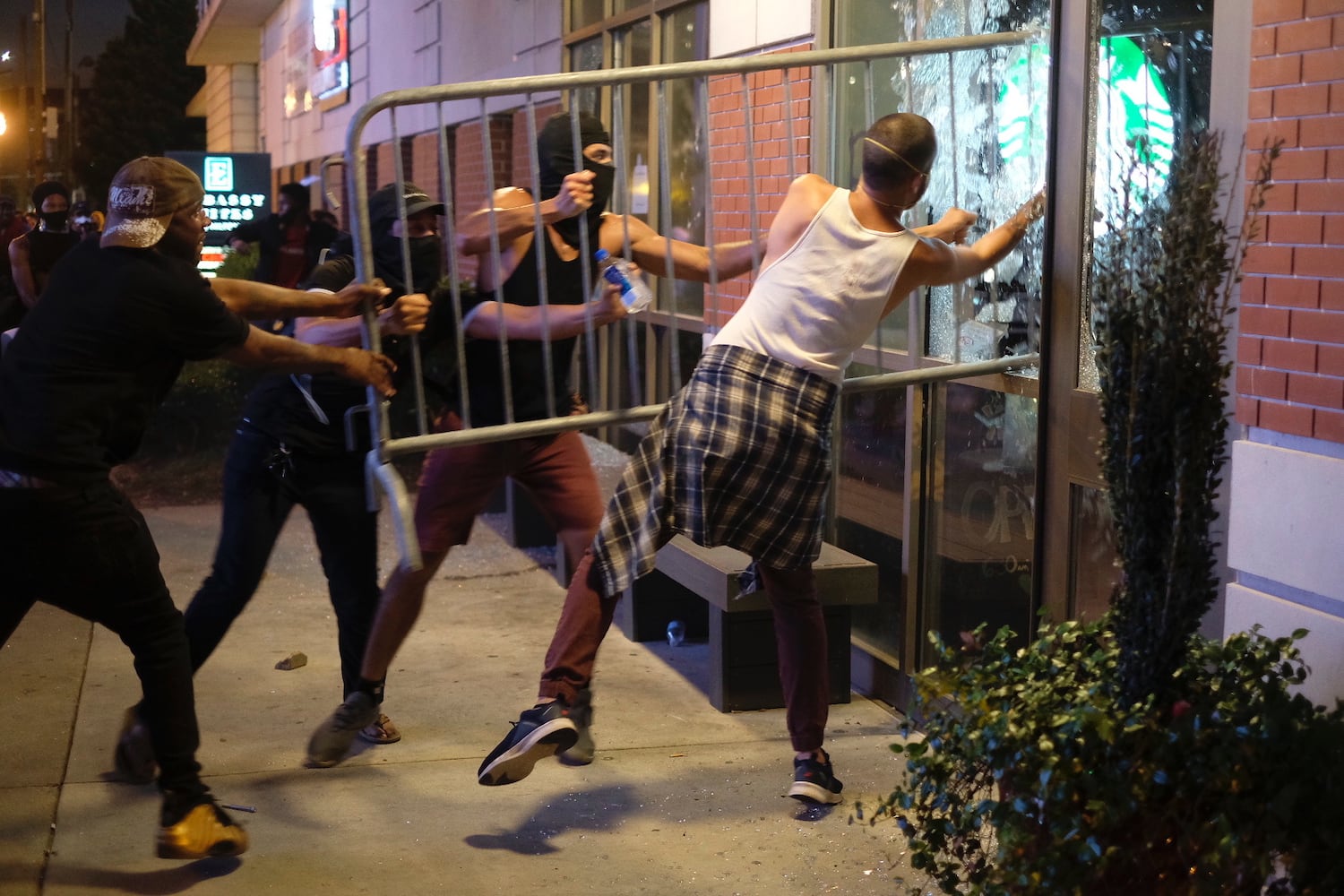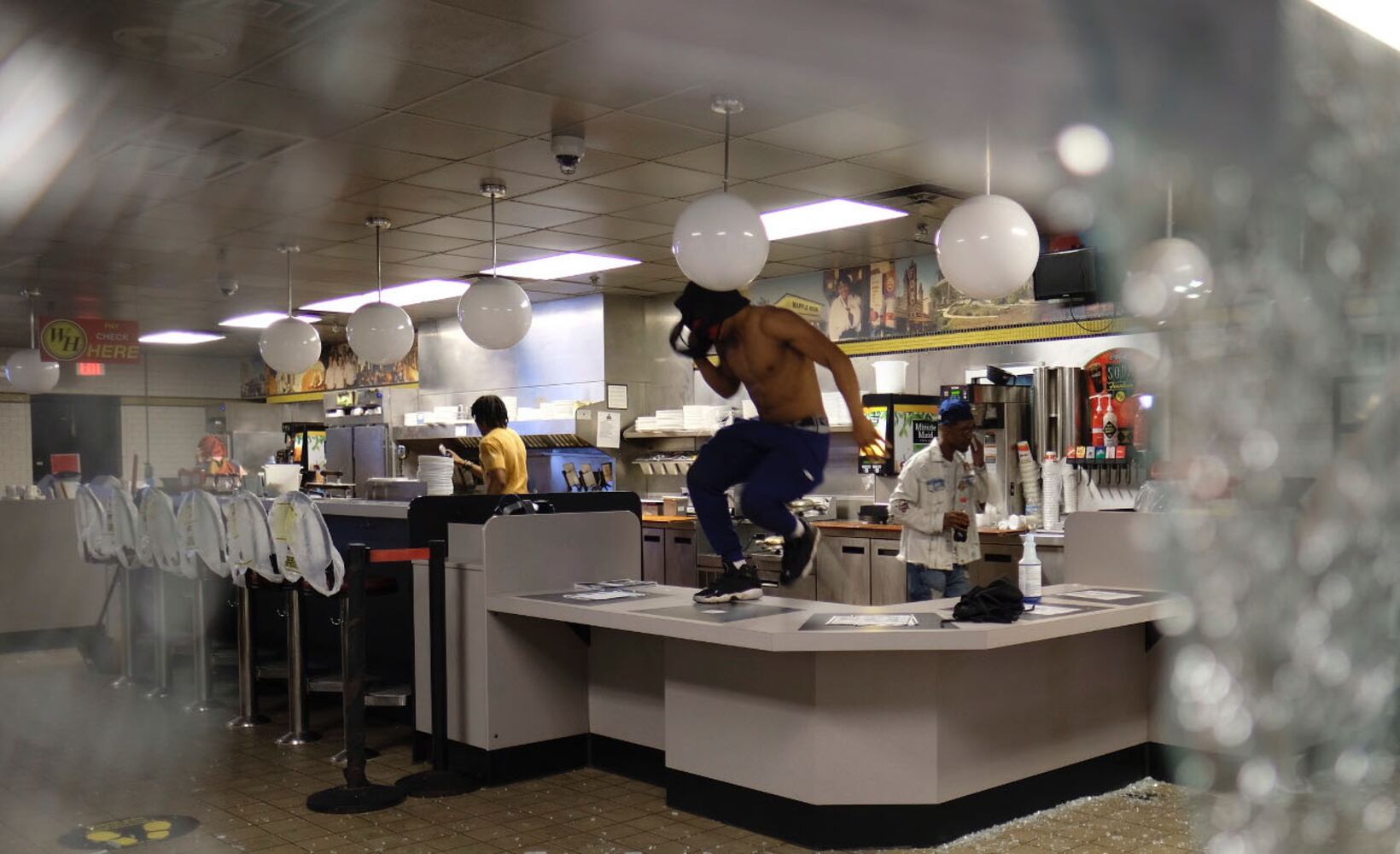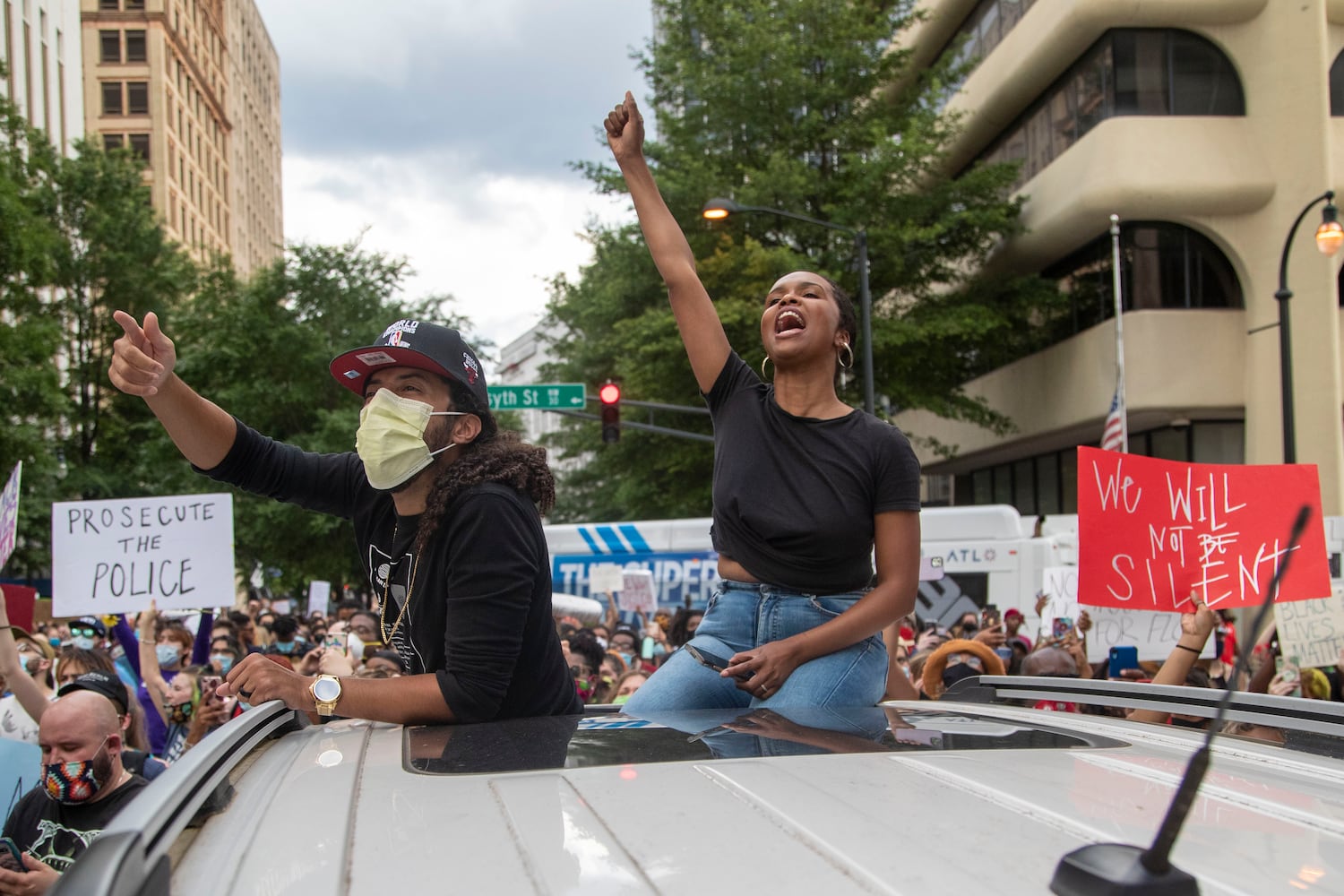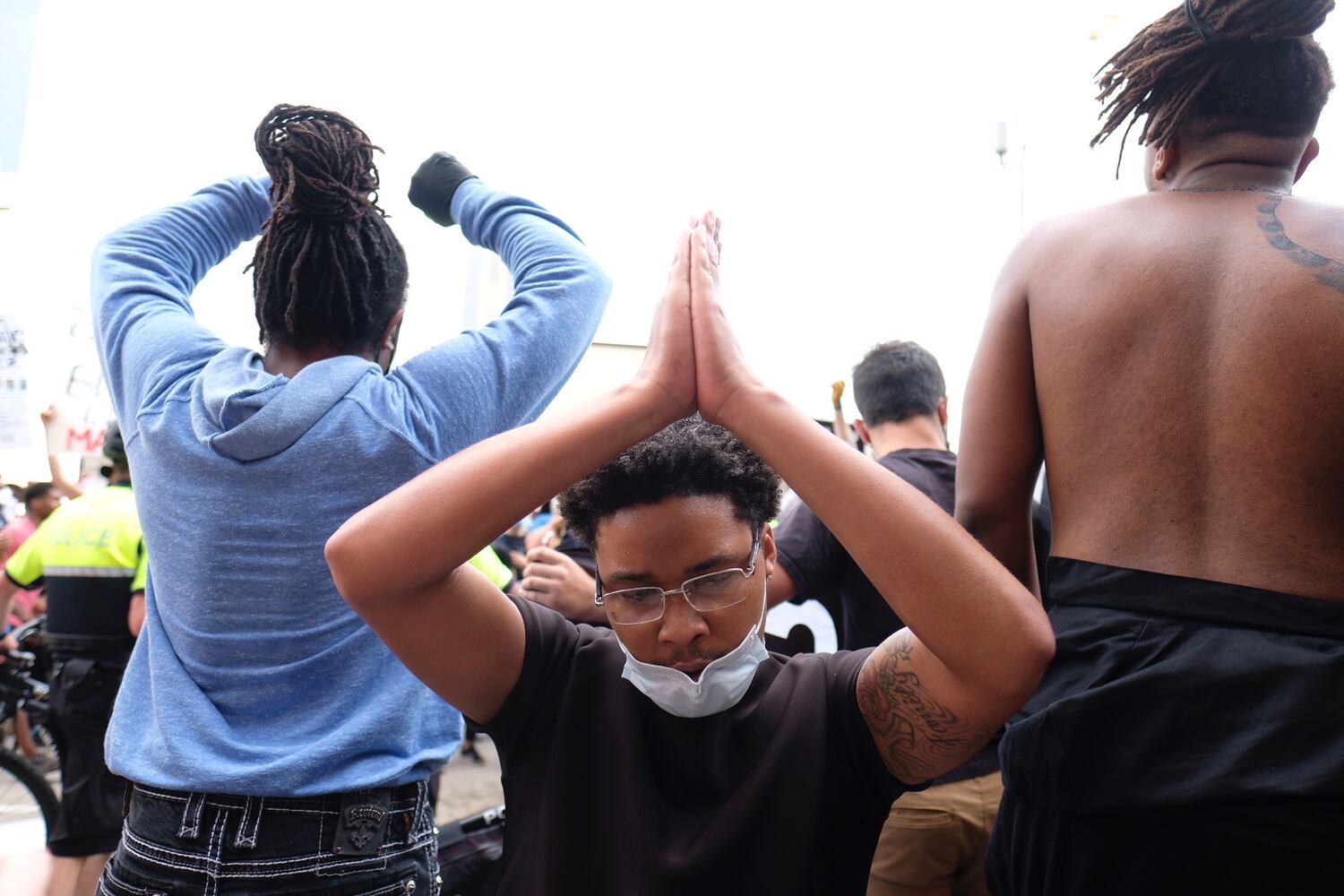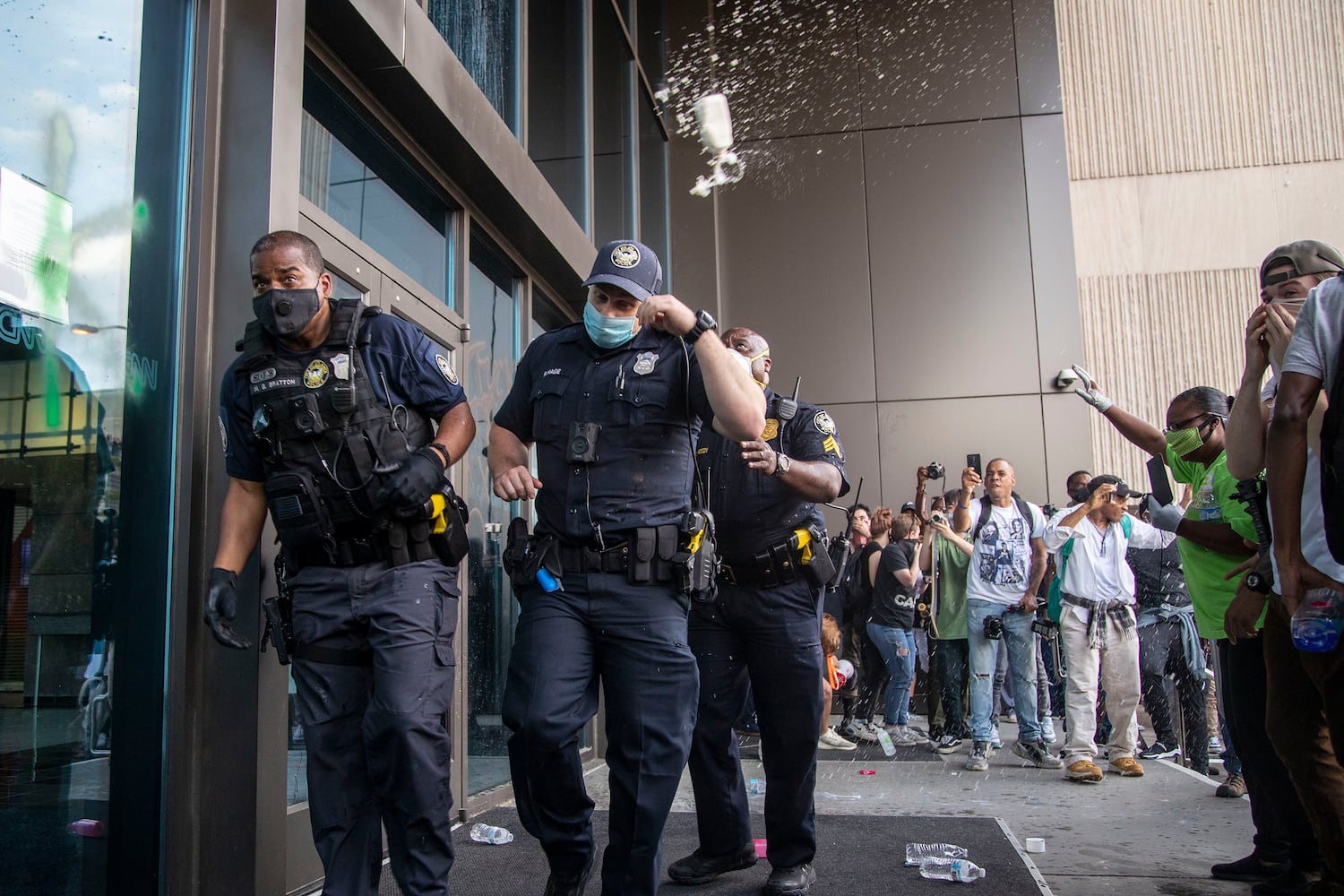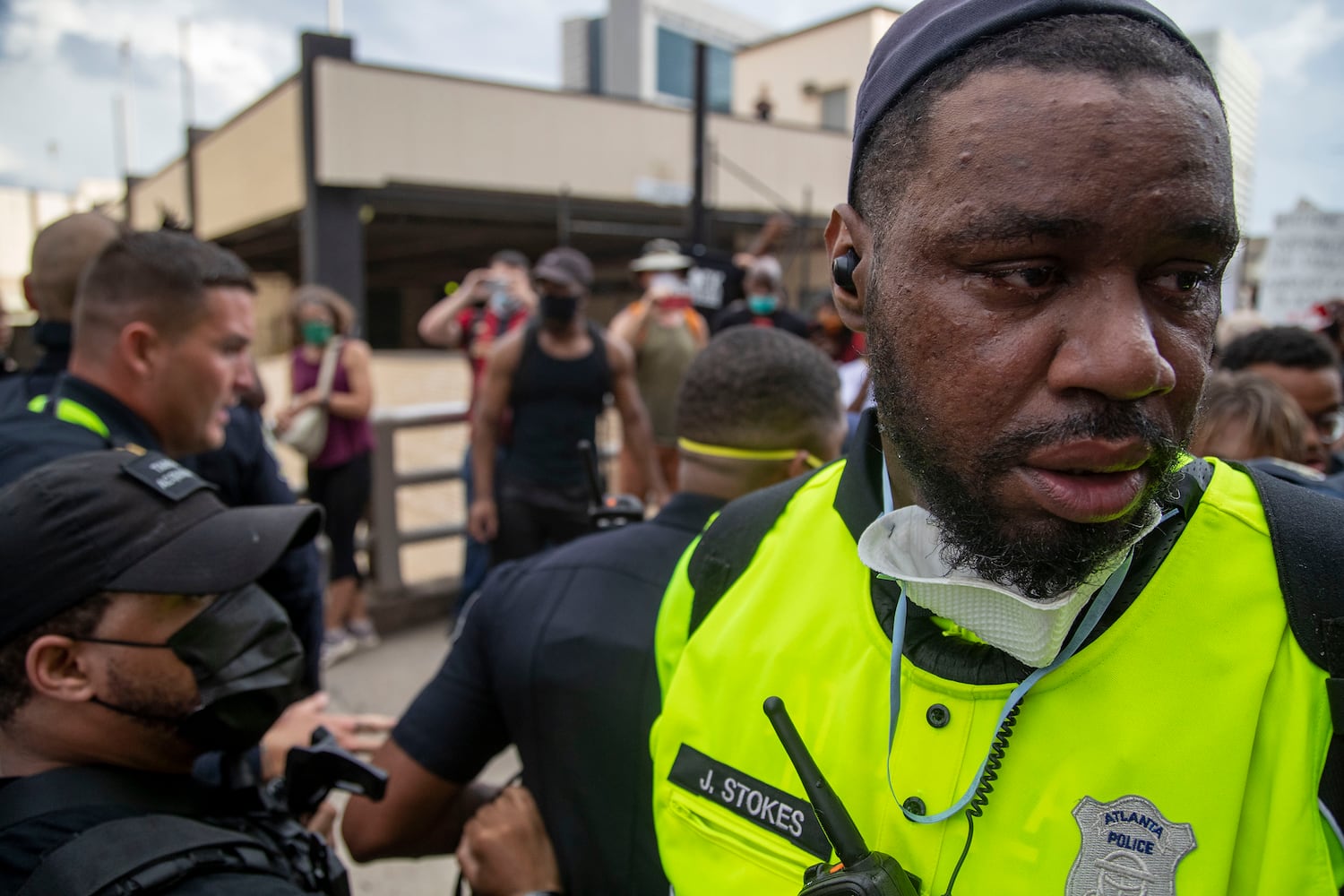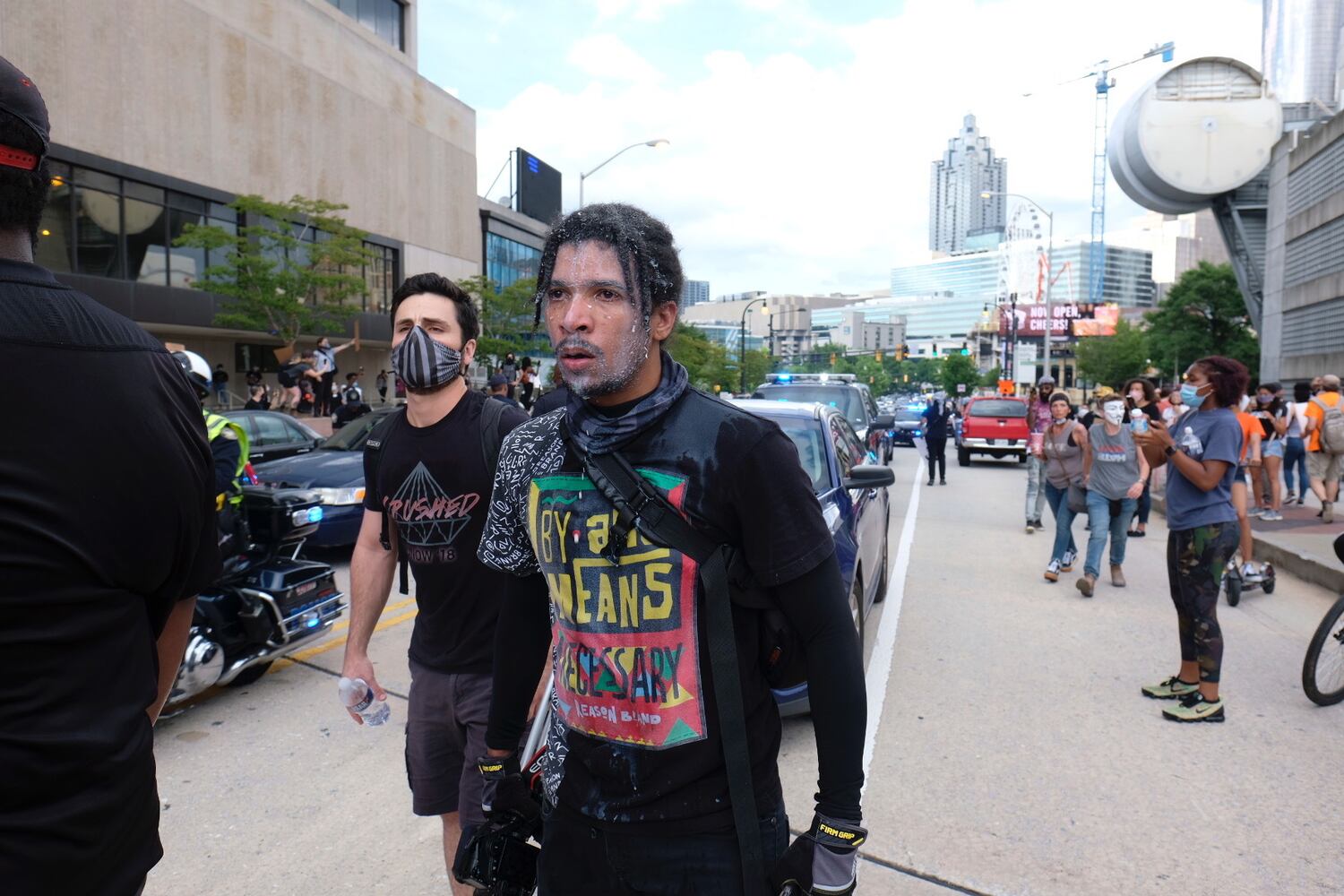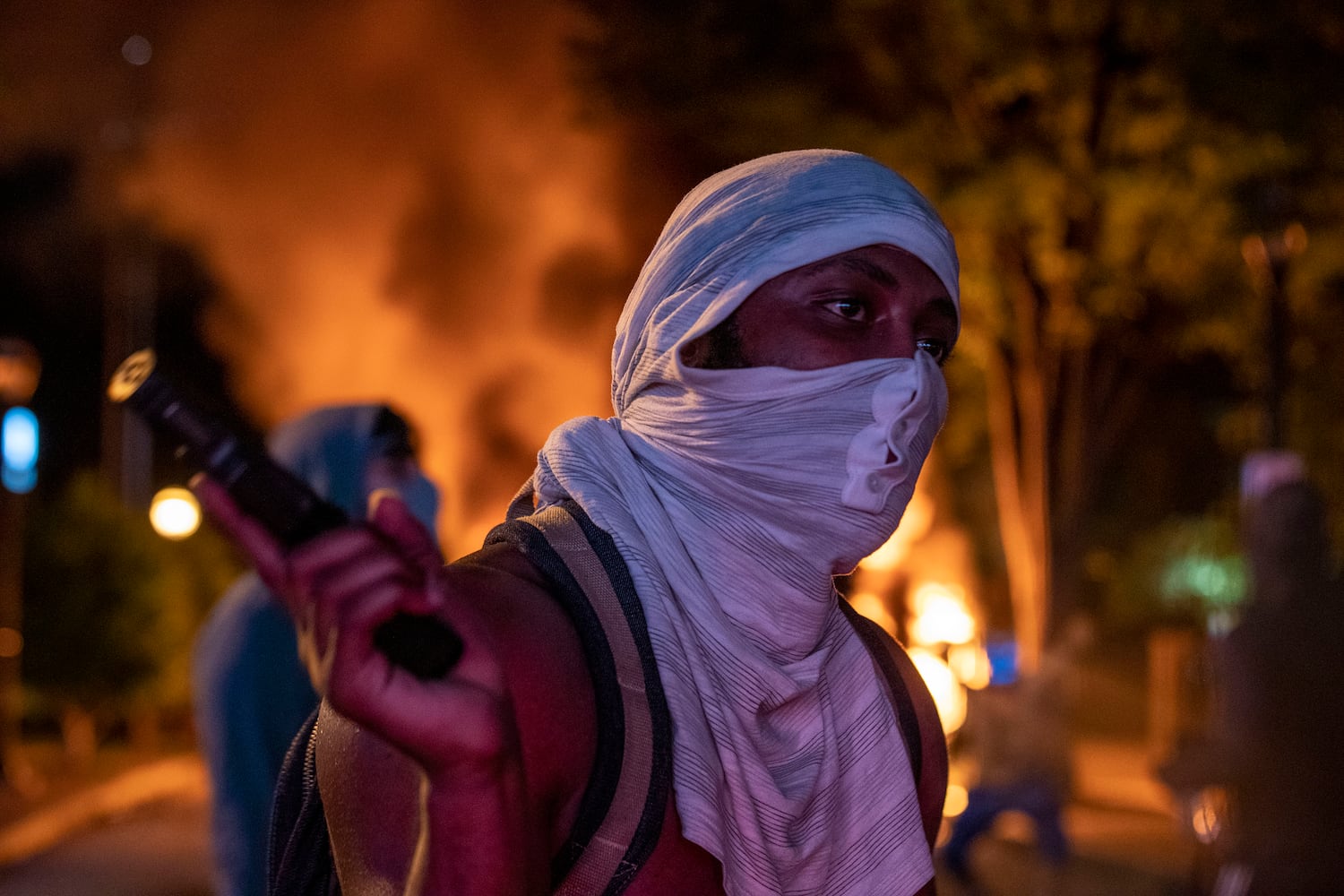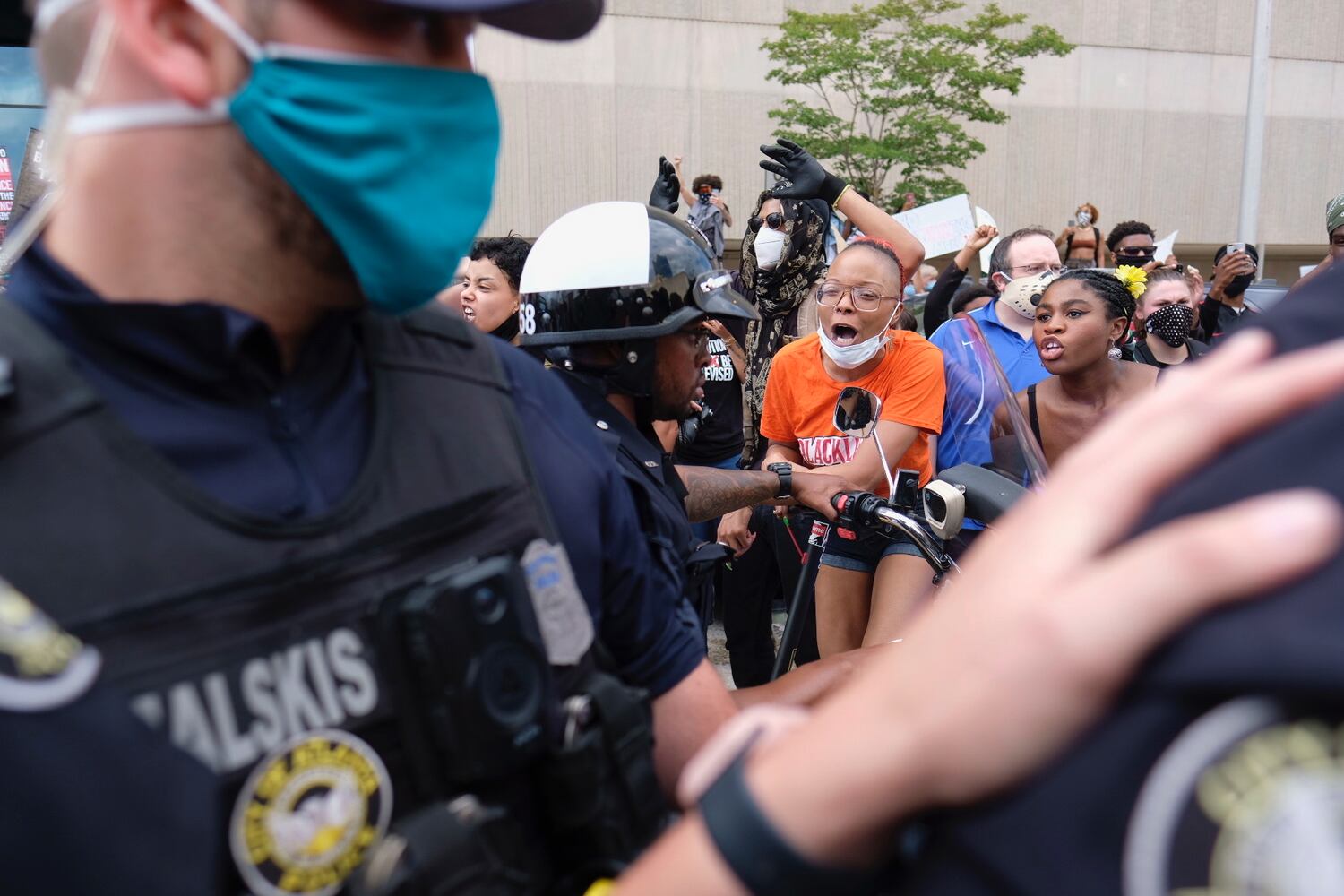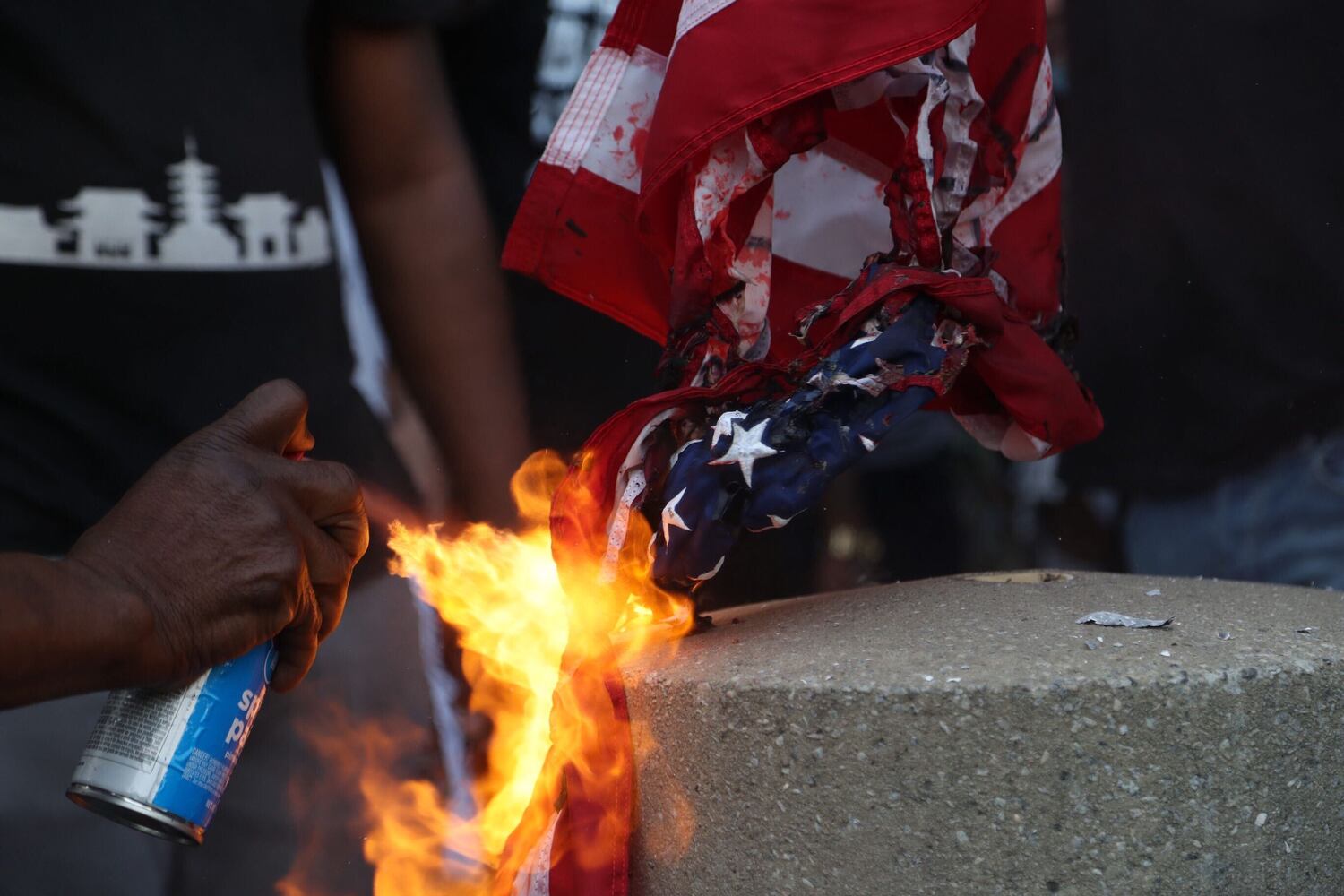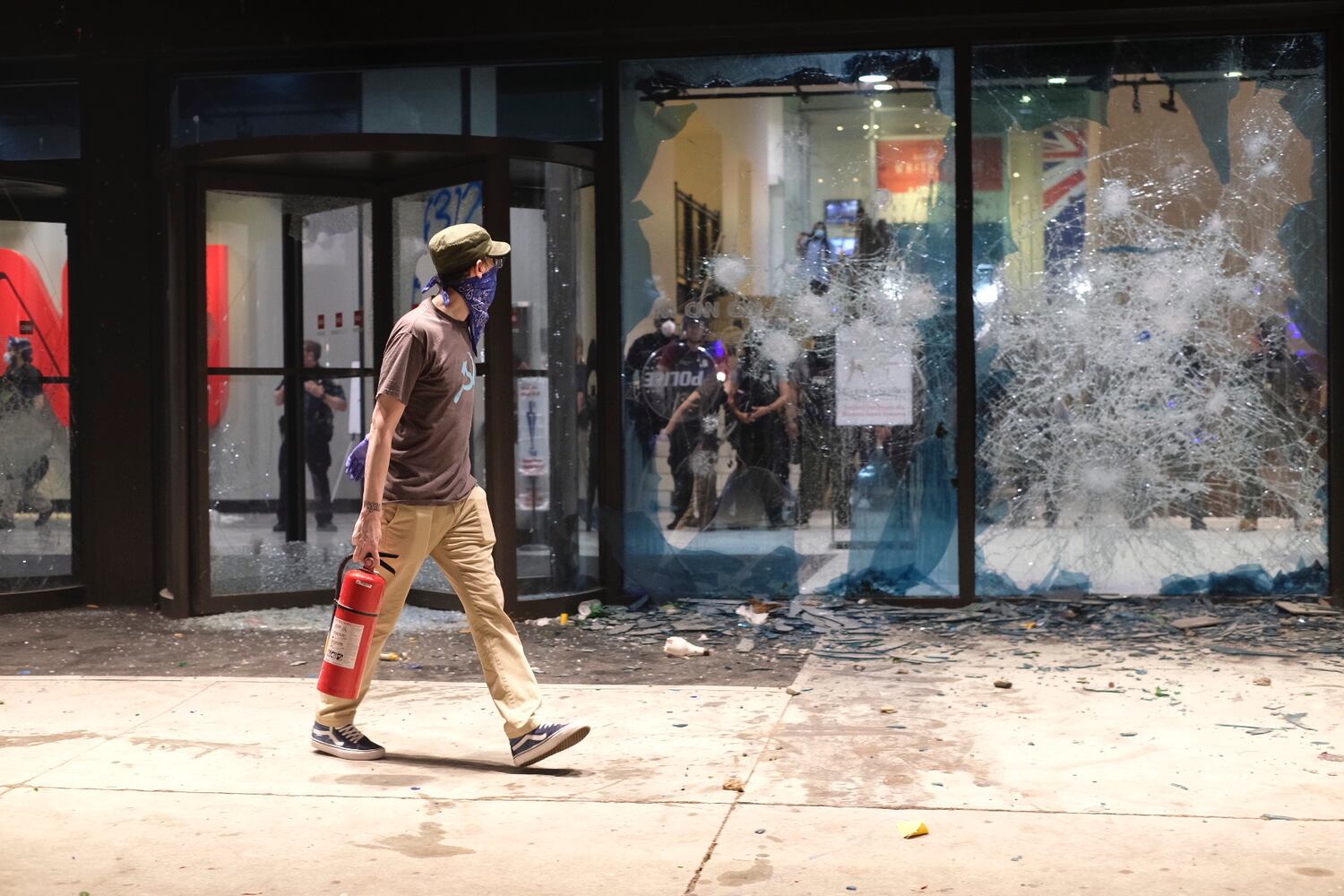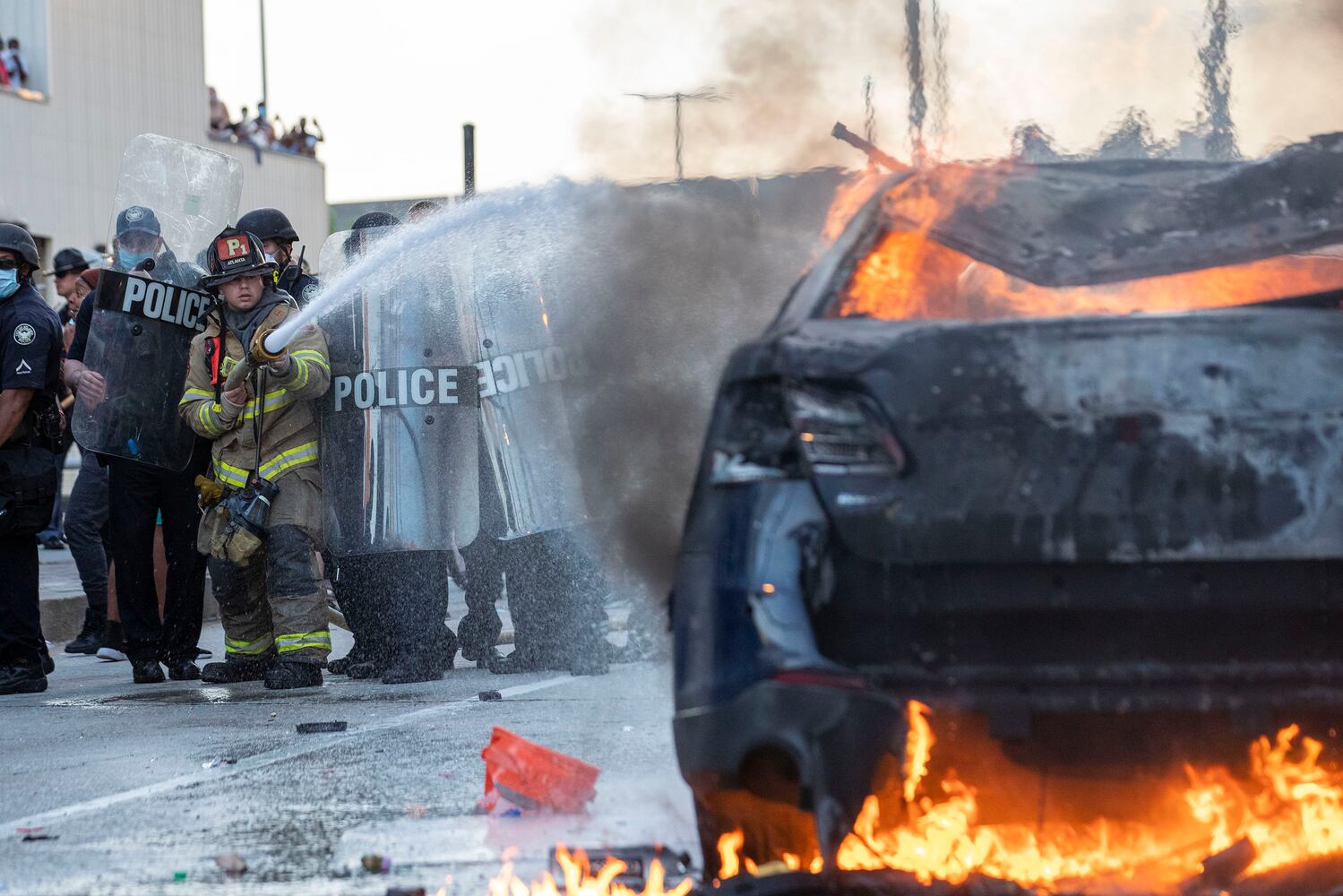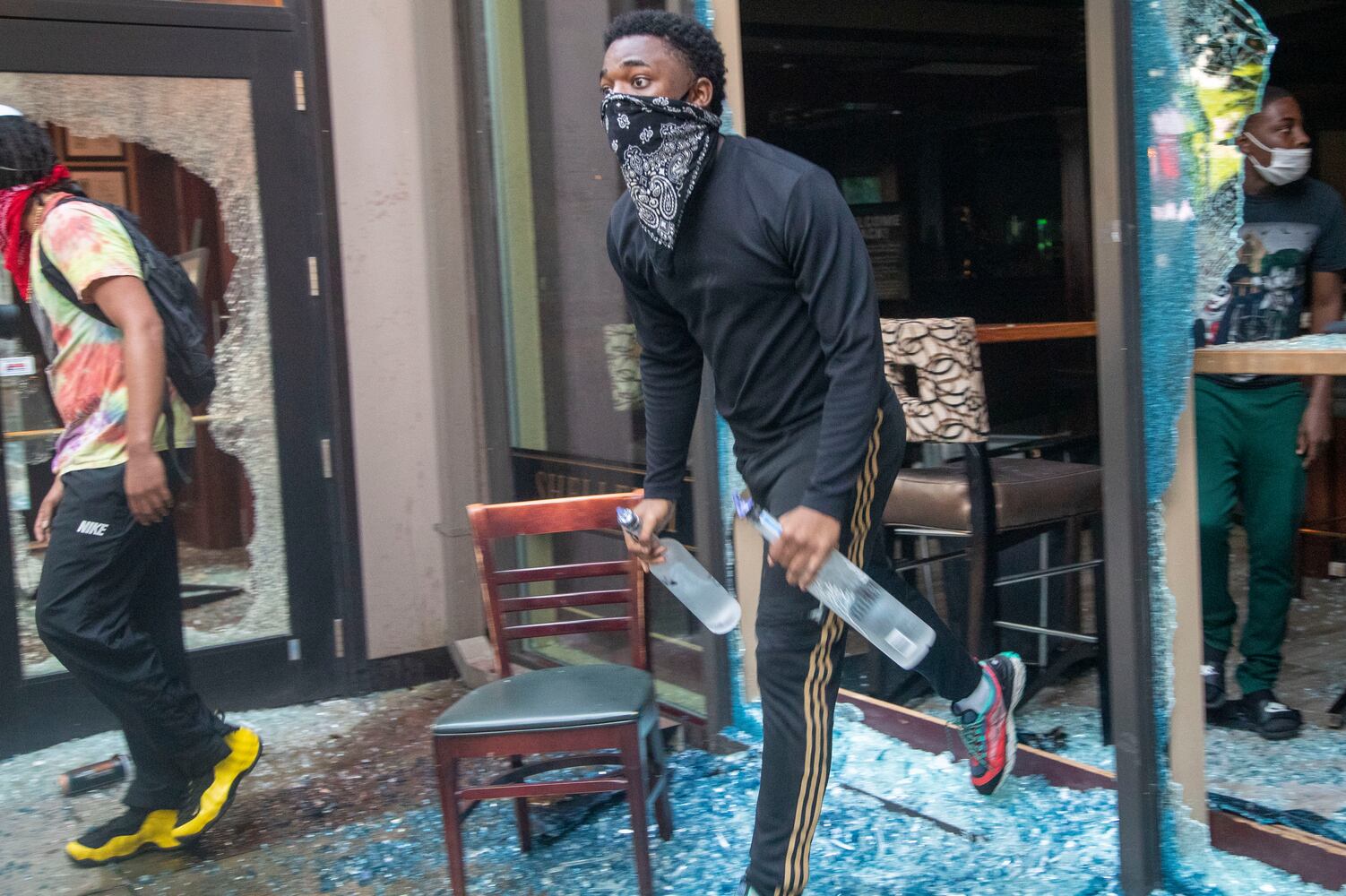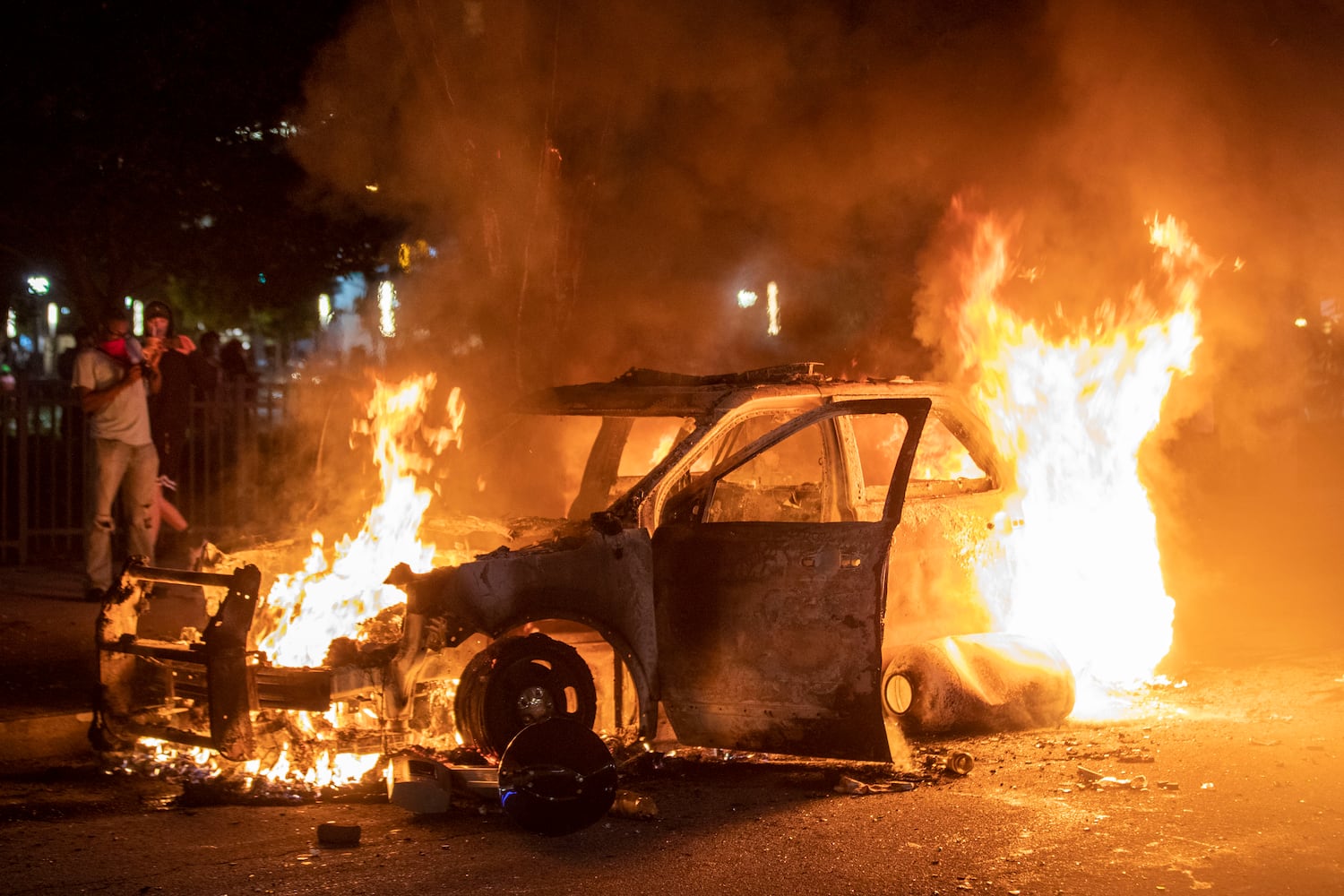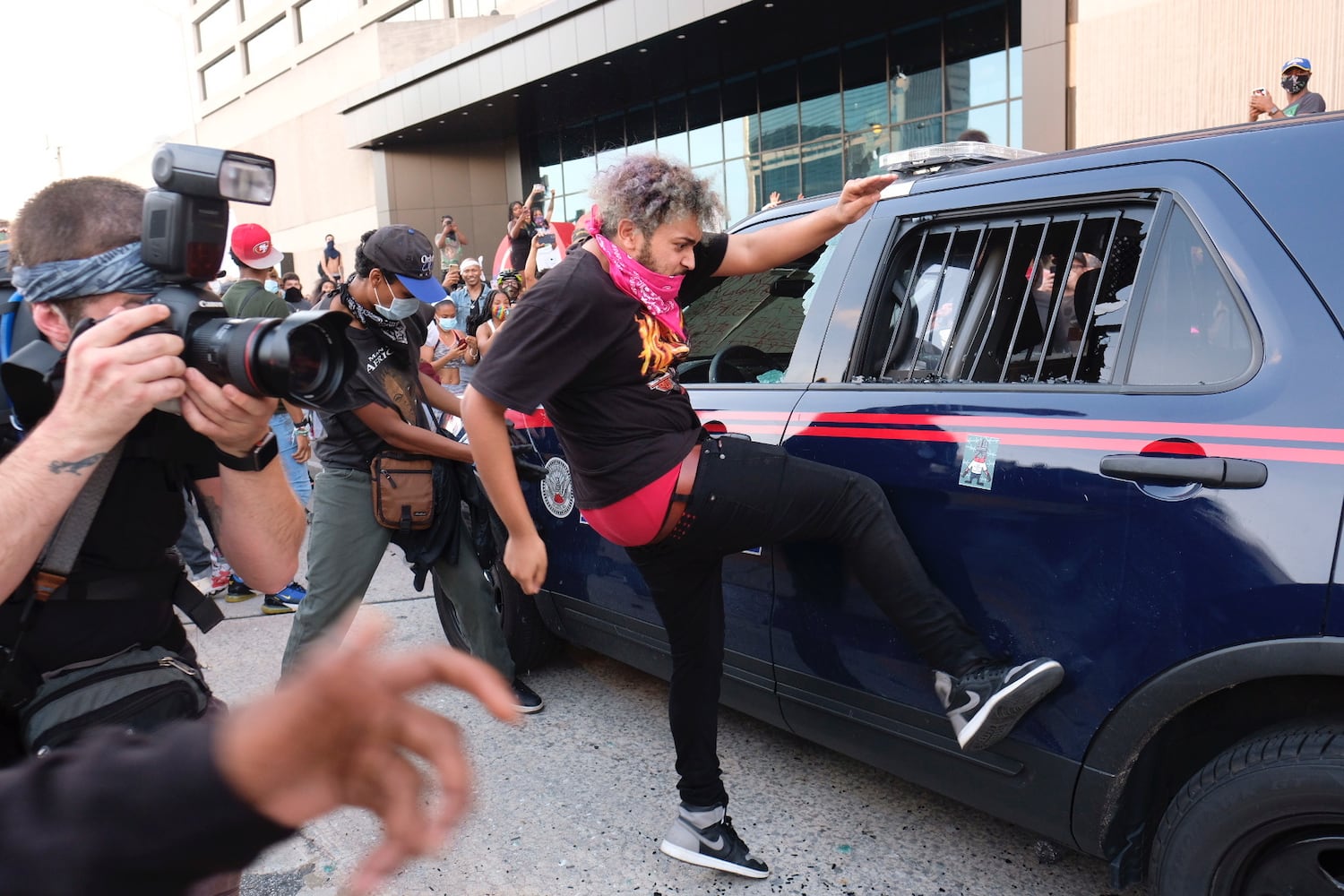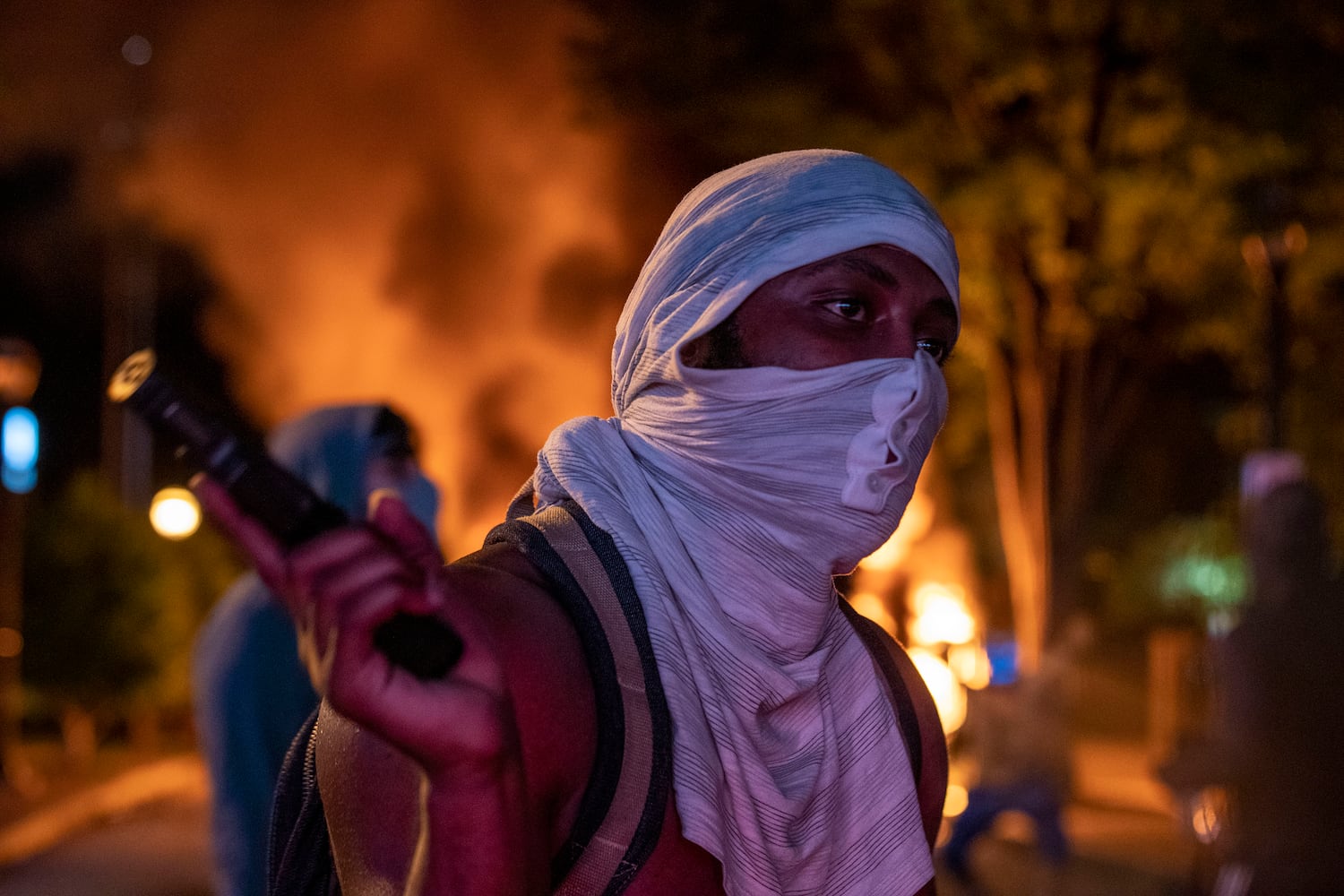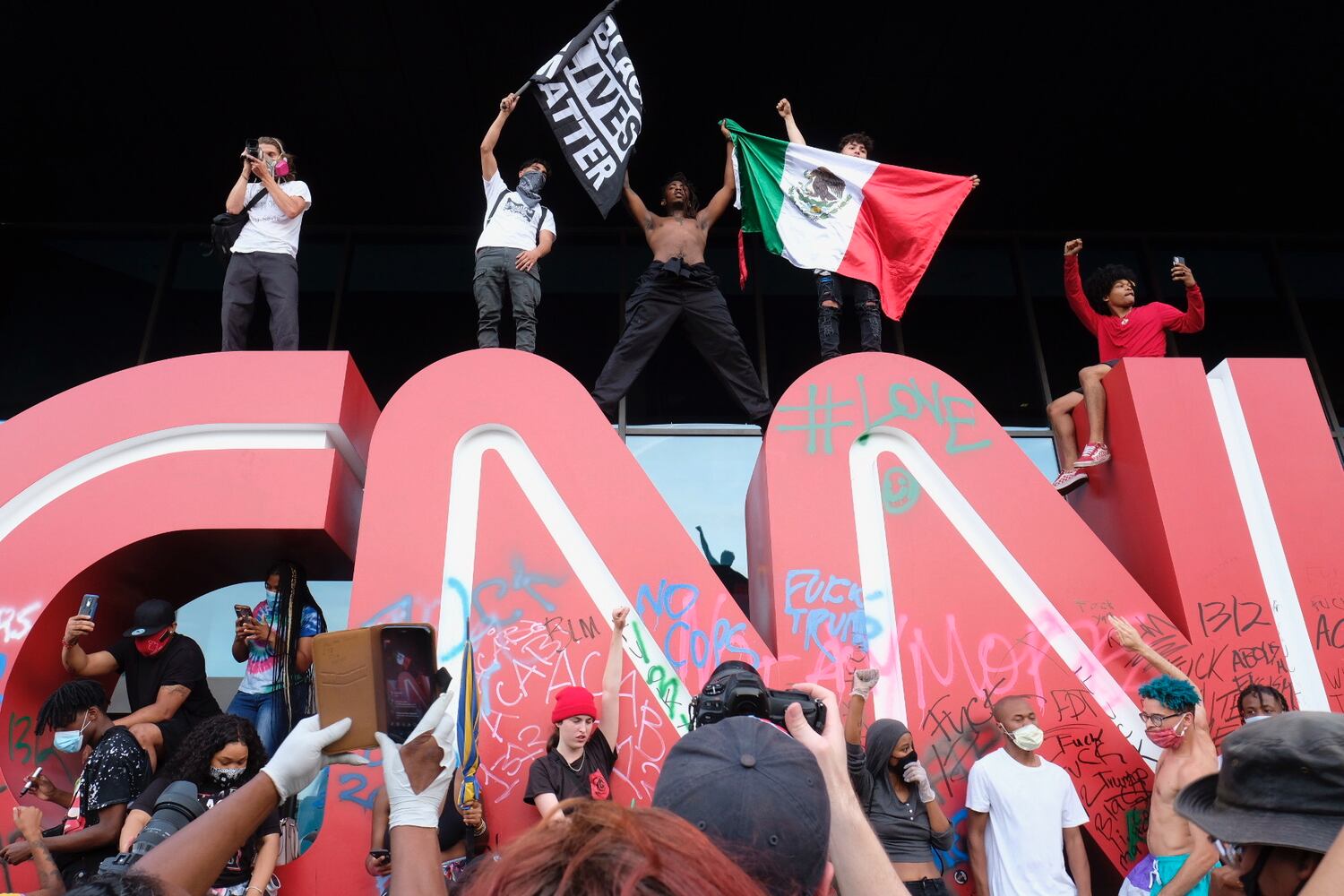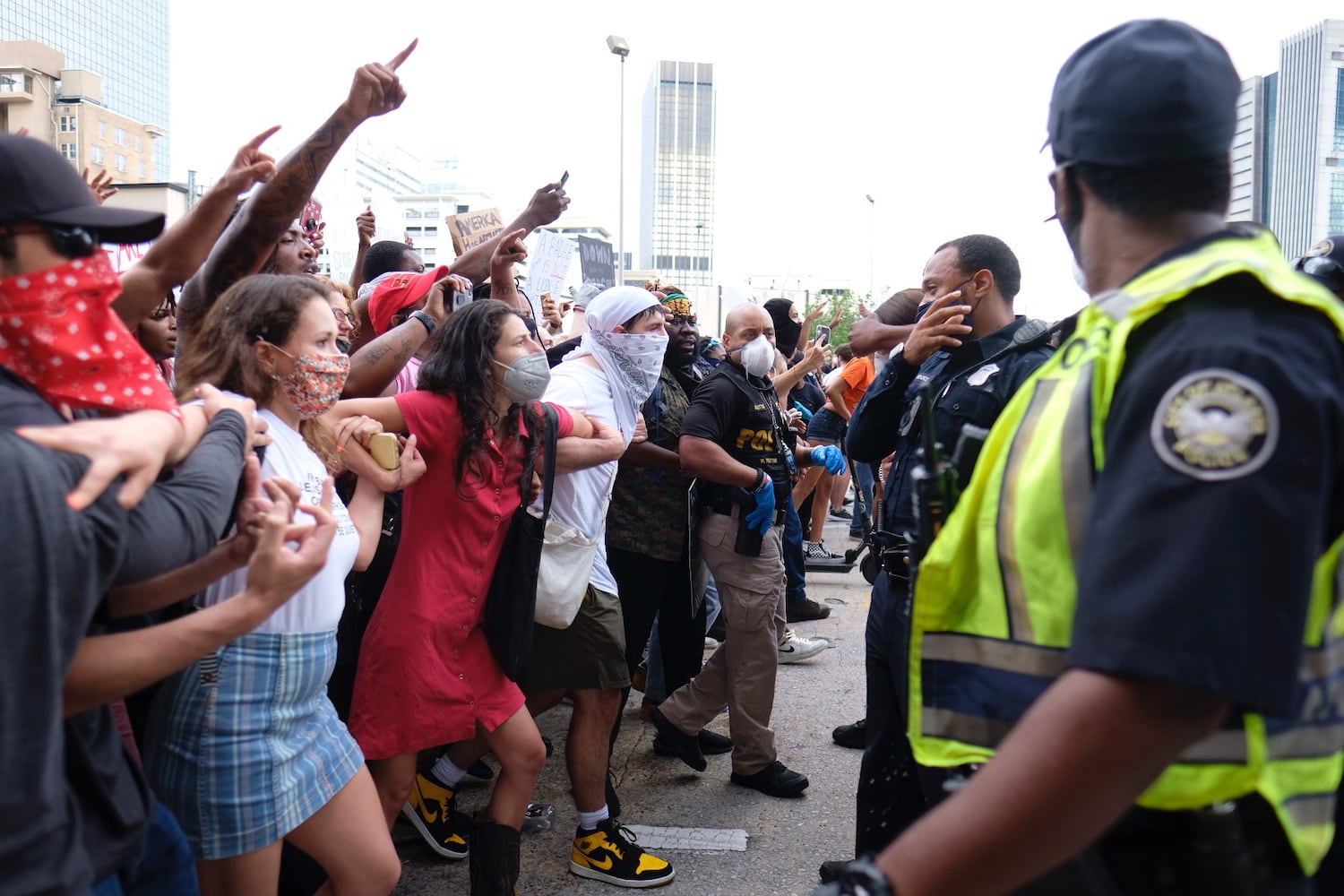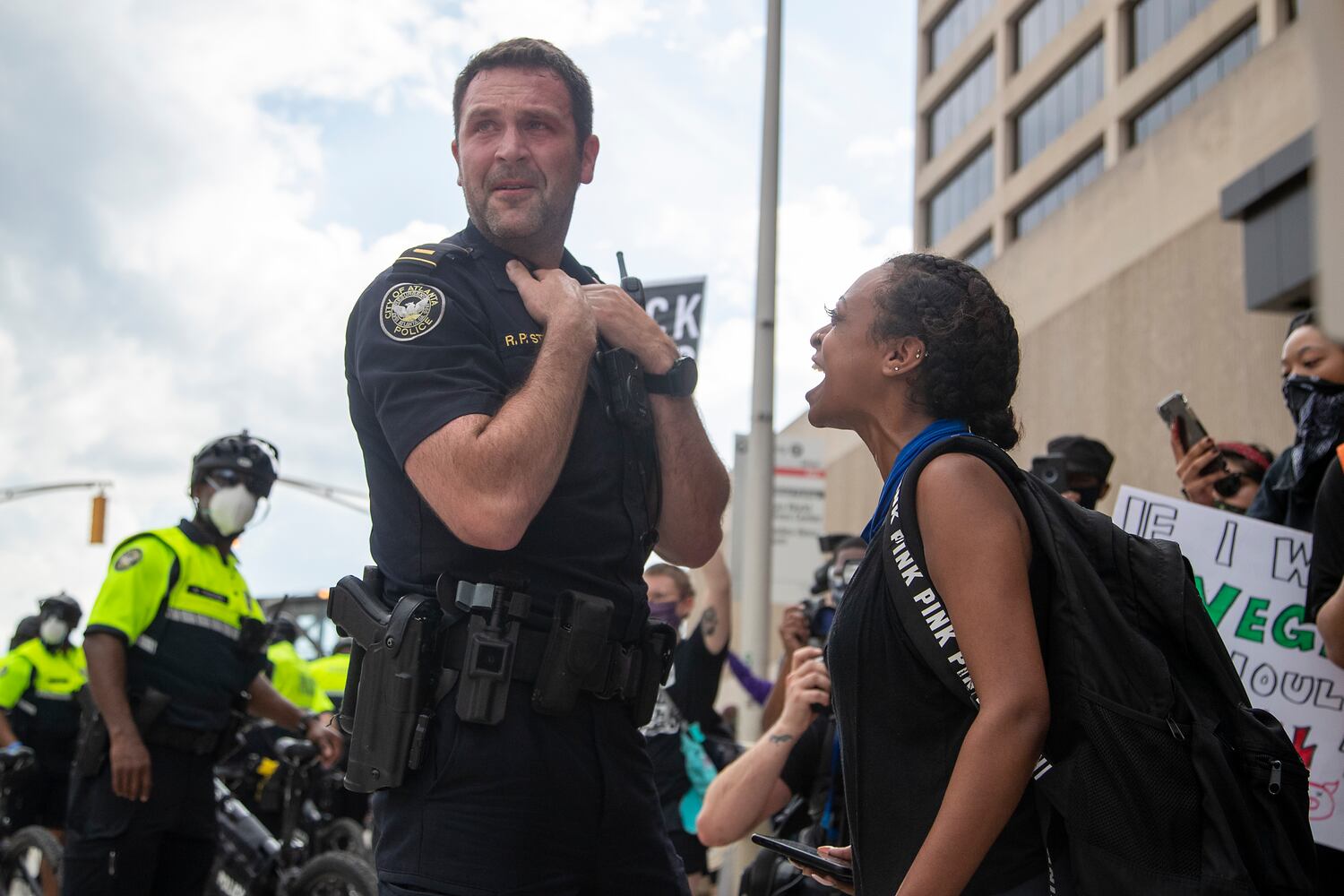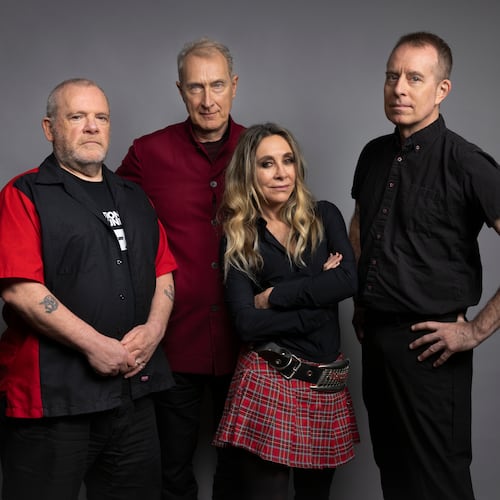On May 25, 2020, the killing of George Floyd shocked the world. For 9 minutes and 29 seconds, white Minnesota police officer Derek Chauvin knelt on Floyd’s neck until he died, and it was all captured on video.
Floyd’s death sparked activists and concerned people in cities across the country, including here in Atlanta, to take to the streets to protest the inequitable treatment of Blacks by police.
Two years later, many in Atlanta are wondering what has changed since the 46-year-old Black man was killed.
Atlanta Journal-Constitution reporters Adrianne Murchison and Jillian Price interviewed metro Atlanta leaders and officials about the impact of any changes in the relationship between the Black community and police since Floyd’s killing. Here’s an inside look at what they learned and how it felt to work on this story.
Credit: AJC
Credit: AJC
Q: What do you remember about the summer protests of 2020 following Floyd’s death?
Adrianne Murchison: I remember being shocked when I saw the story about George Floyd. There was a period of time before I heard how many minutes the knee was on his neck. Just seeing the image was jolting. It was a process realizing the horror of it.
Jillian Price: I had just graduated from college. All of us had gotten sent home because of the pandemic, so we didn’t have a real graduation. We were dealing COVID and following the Black Lives Matter movement. At that point, I was just exhausted. I remember being frustrated because I had a lot of friends who didn’t understand why people were protesting. George Floyd’s death was their point of finally understanding.
Q: How did you approach your coverage for the two-year anniversary of his death?
AM: I cover North Fulton cities, which are predominantly white, and I see that there’s a lot of confidence in the police. But my question has always been, as a Black person, “Well, do Black people in the communities support them?” That’s hard to get at, but we definitely tried by looking at data on police budgets, shootings and [public trust of police].
Q: Which statistic has stood out to you the most?
AM: There are fewer officers that are certified, and it’s noteworthy. Also, the data on police trust stood out. Unsurprisingly, there’s a greater trust [of police] among [whites] and less among Black people. But even among white people, younger adults have less trust in the police than middle age and older adults. That was interesting to me.
Q: What’s one thing you hope people take away from your coverage?
AM: I want to remind people that these aren’t just numbers and facts. It’s the people that matter. Whatever color we are, we all have families, we all bleed and we all have people that we love.
JP: With so much that has gone on over the past two years, I think it can be easy to forget how much actually went on in 2020. This can serve as a reminder to people that changes still need to happen.
Q: How do you personally deal with covering heavy news topics?
JP: I try to surround myself with friends and family. After I’m done with work, I turn the news off.
Read Adrianne and Jillian’s full story on the second anniversary of George Floyd’s death here.
About the Author
Keep Reading
The Latest
Featured

